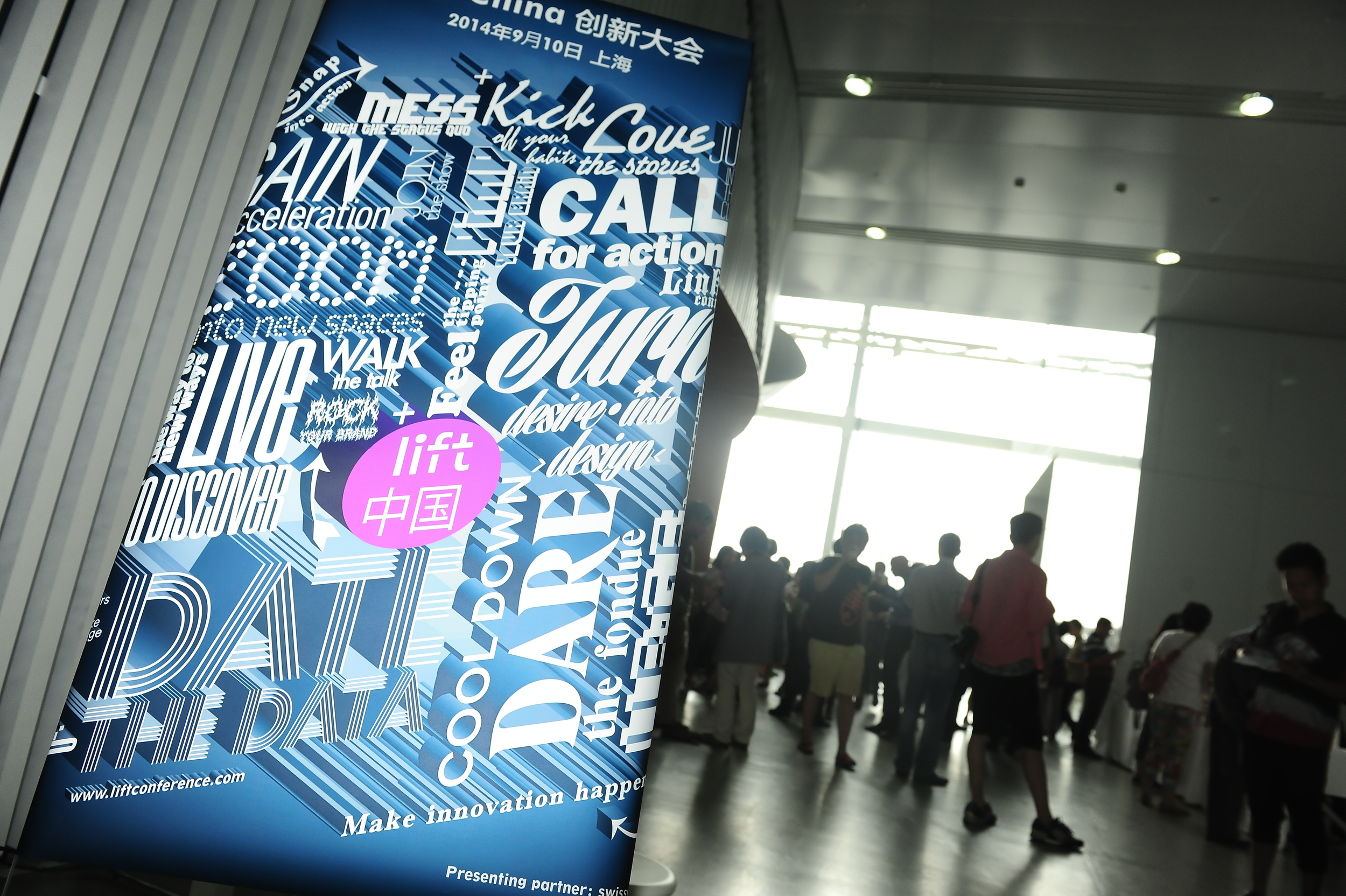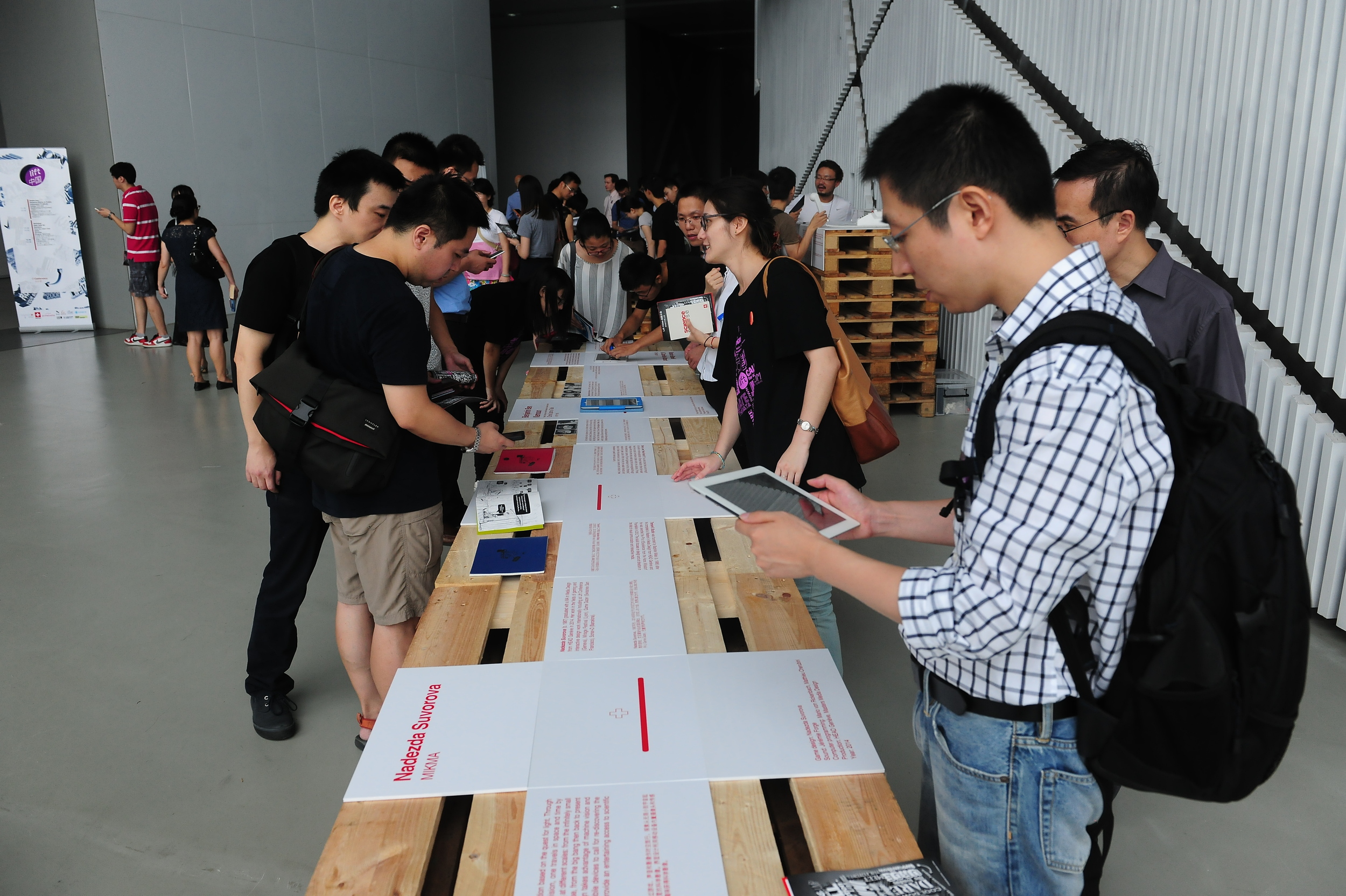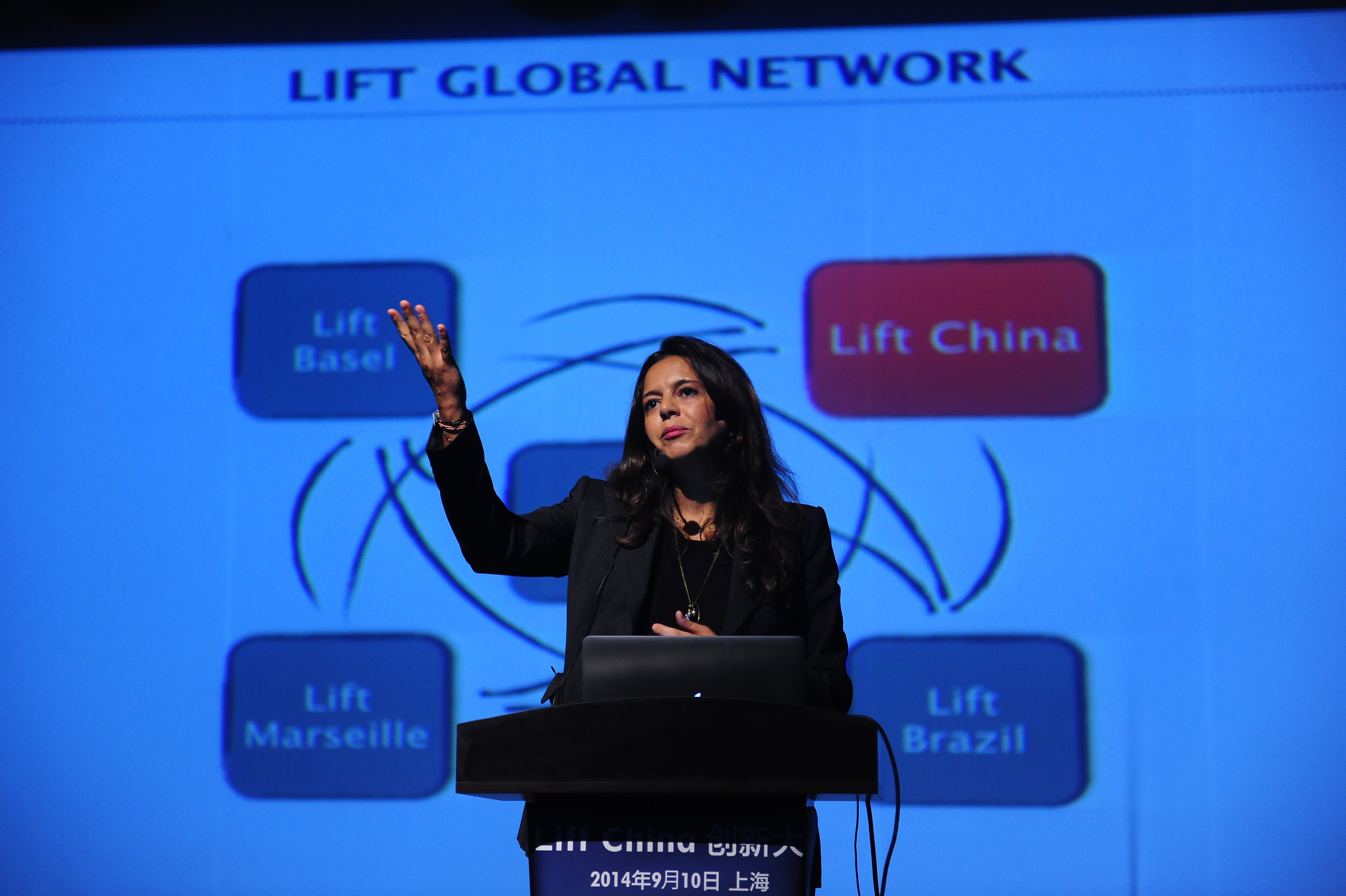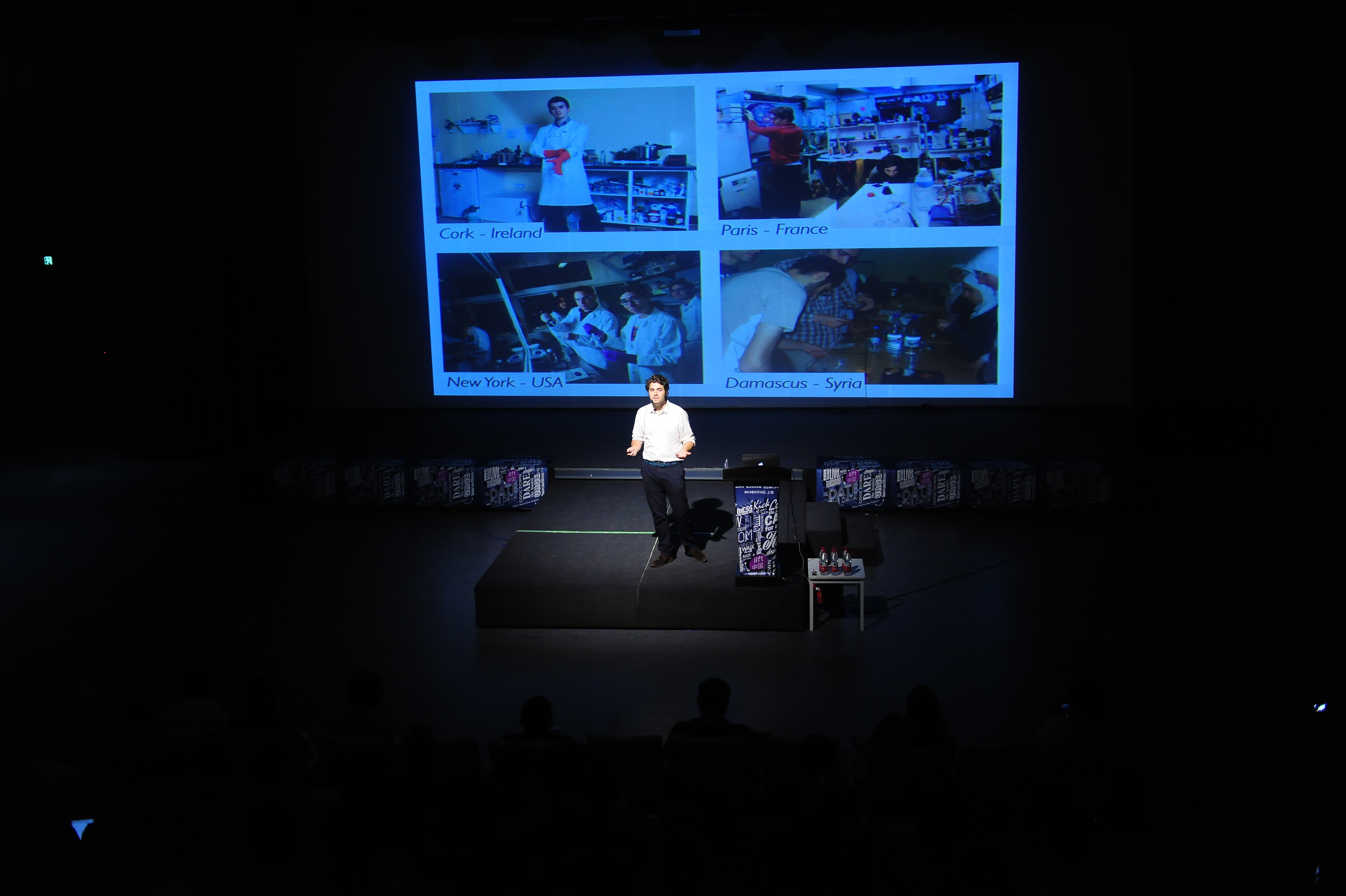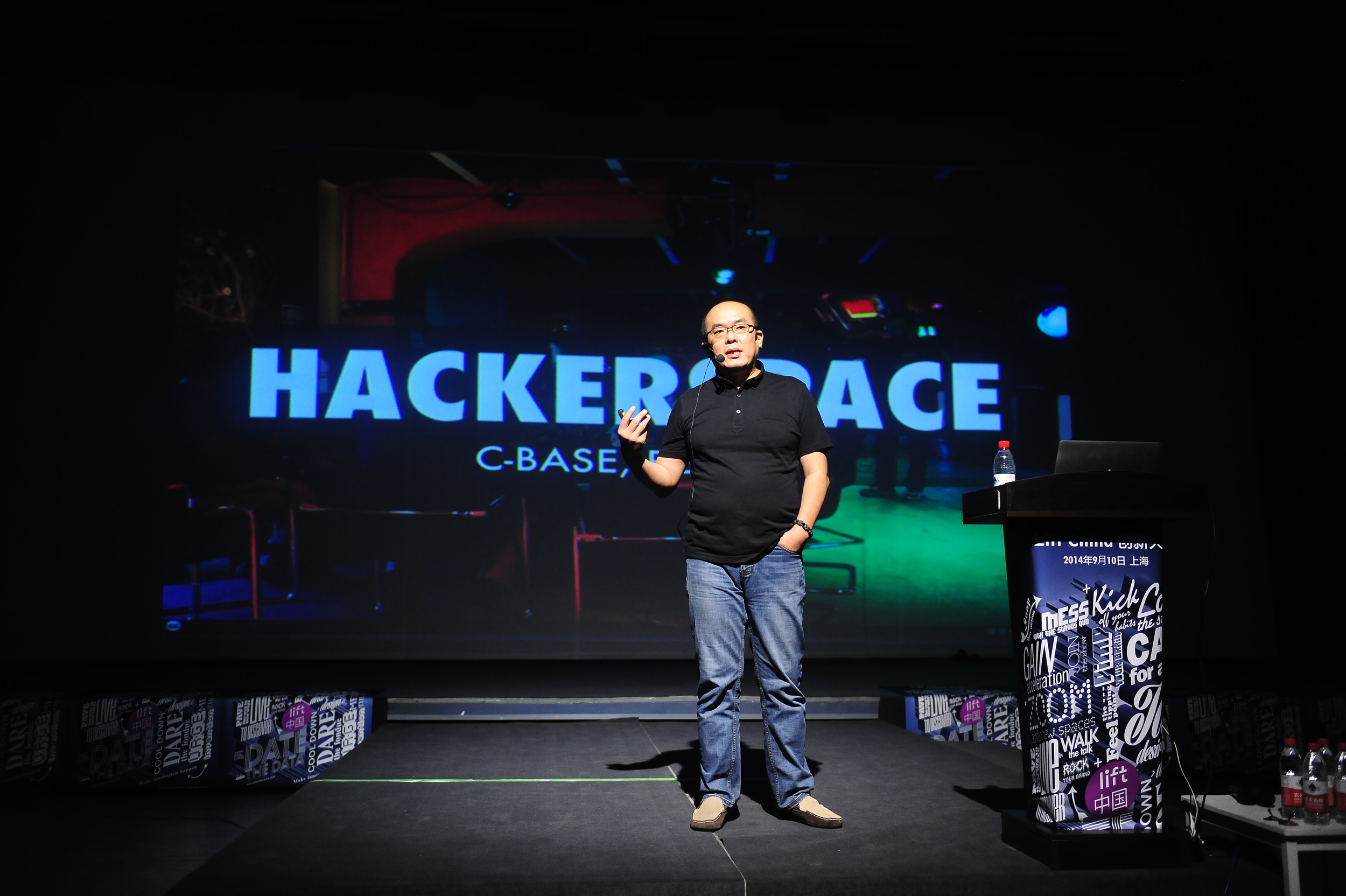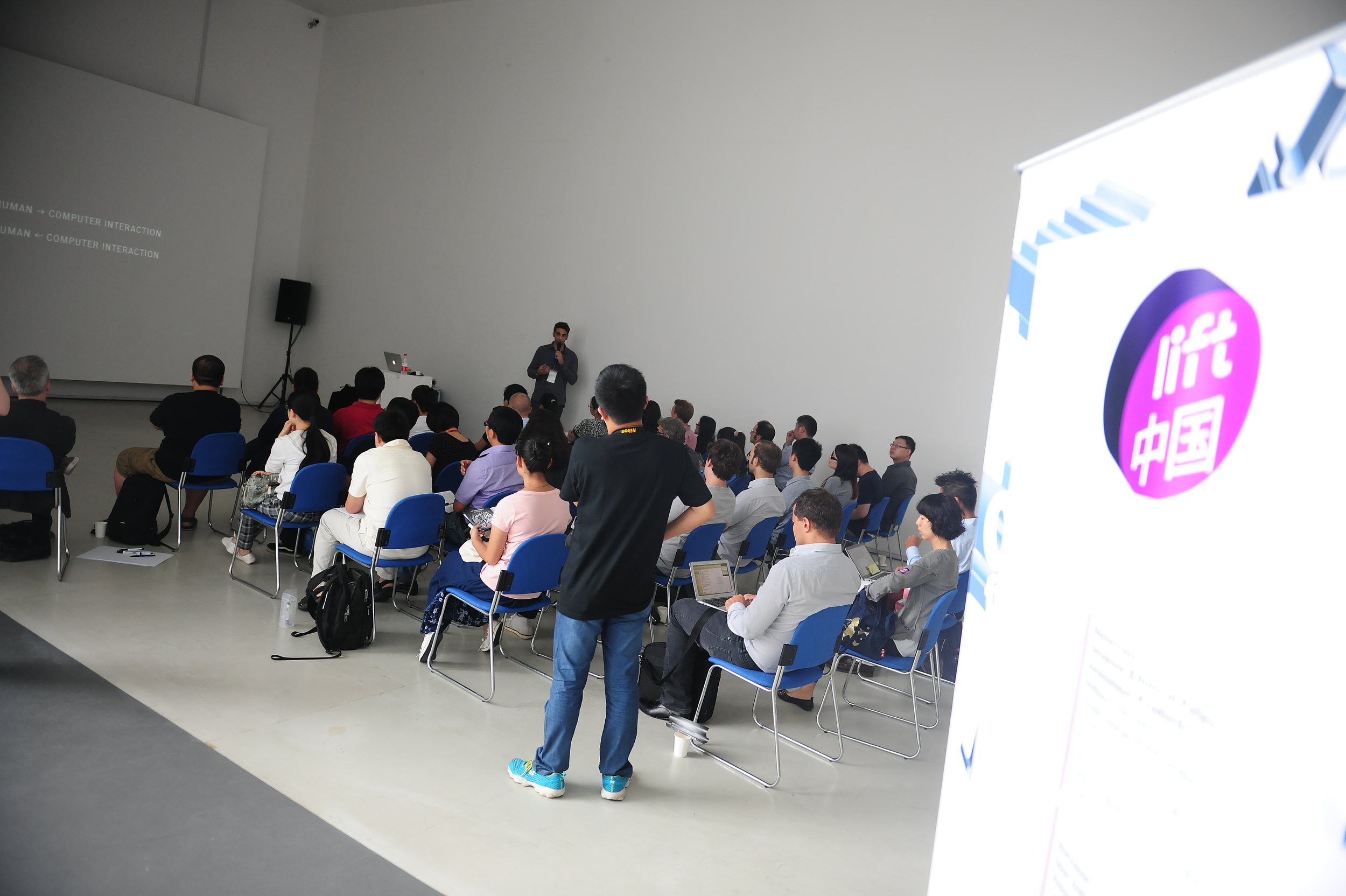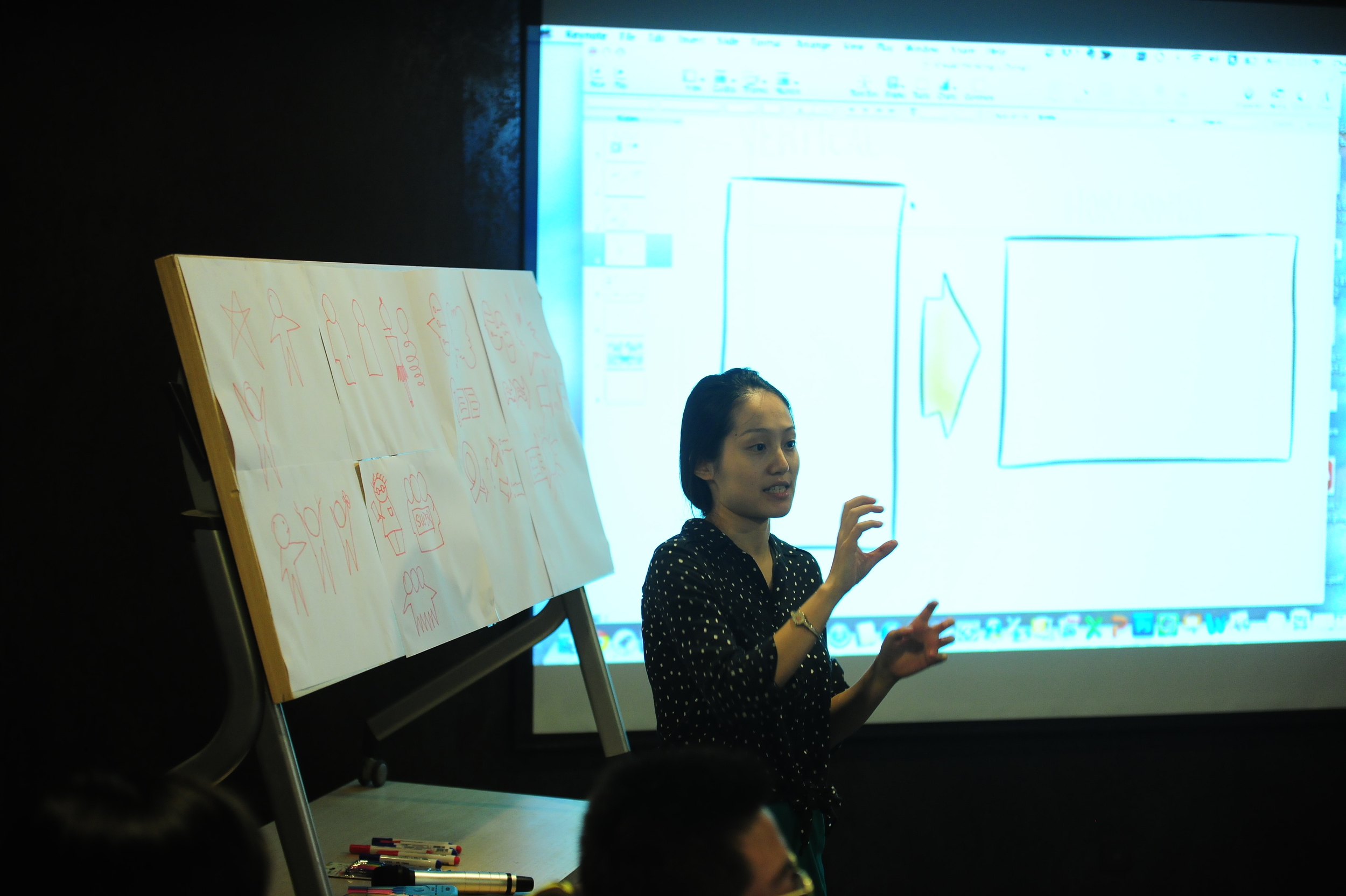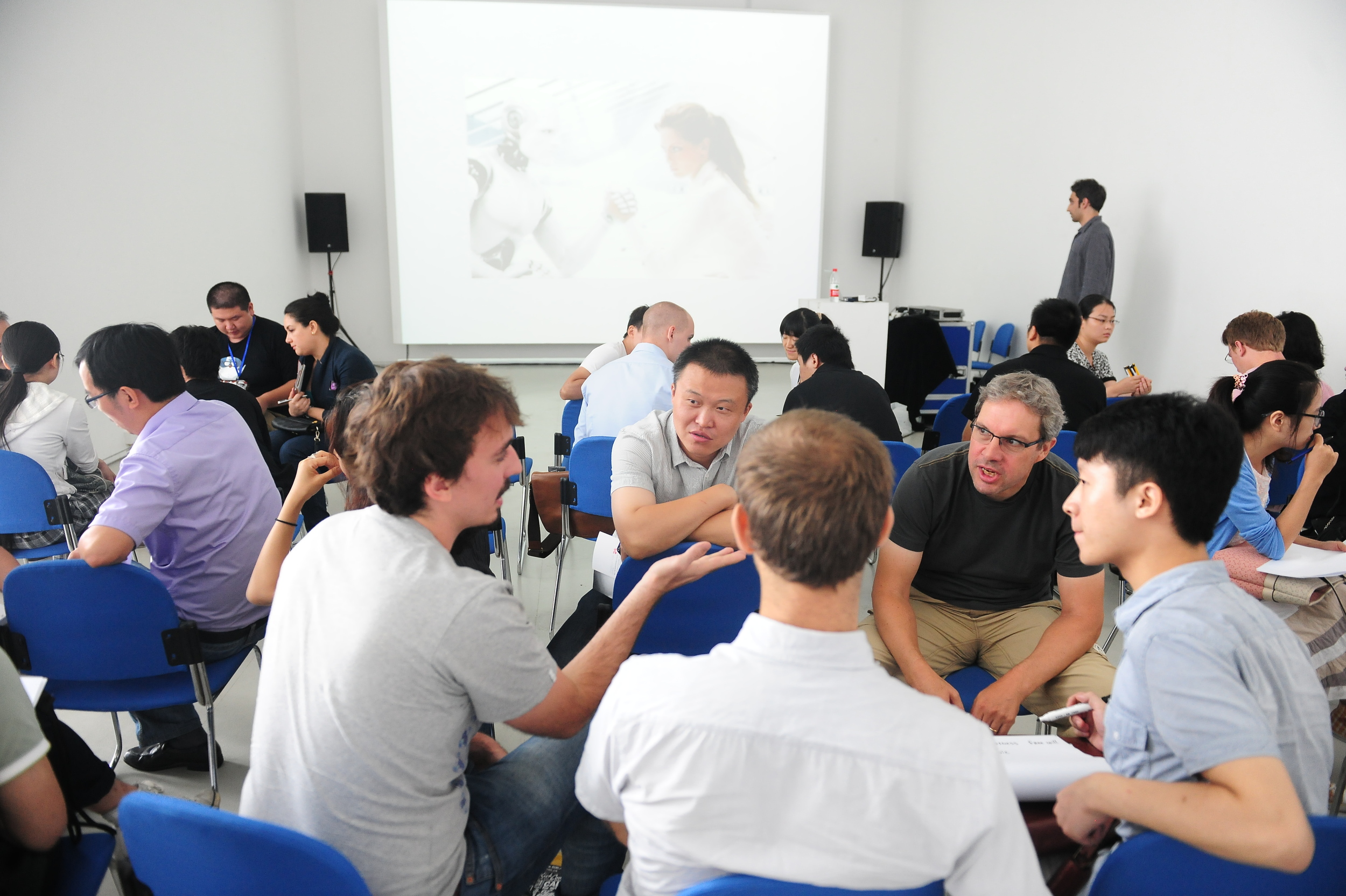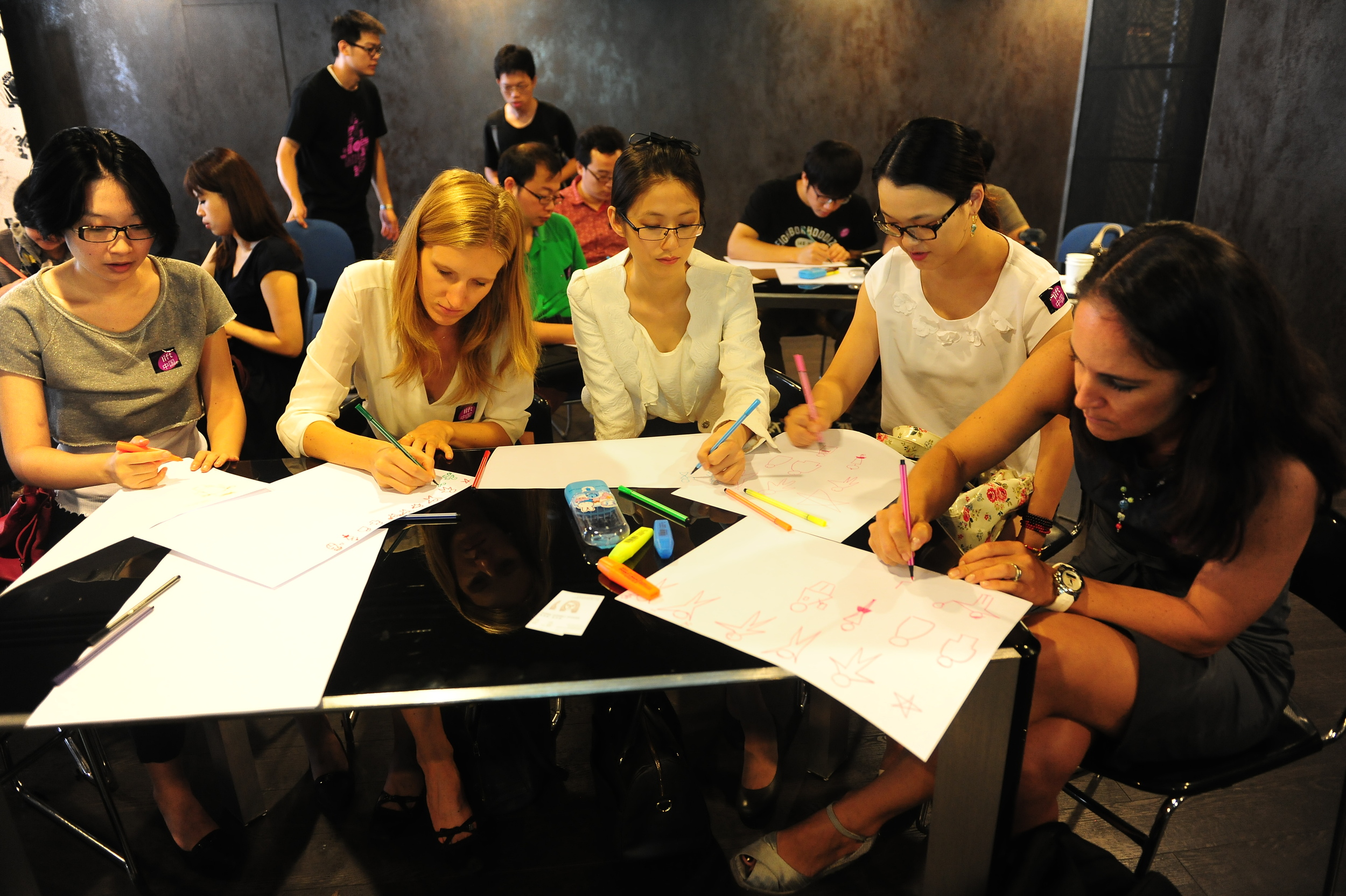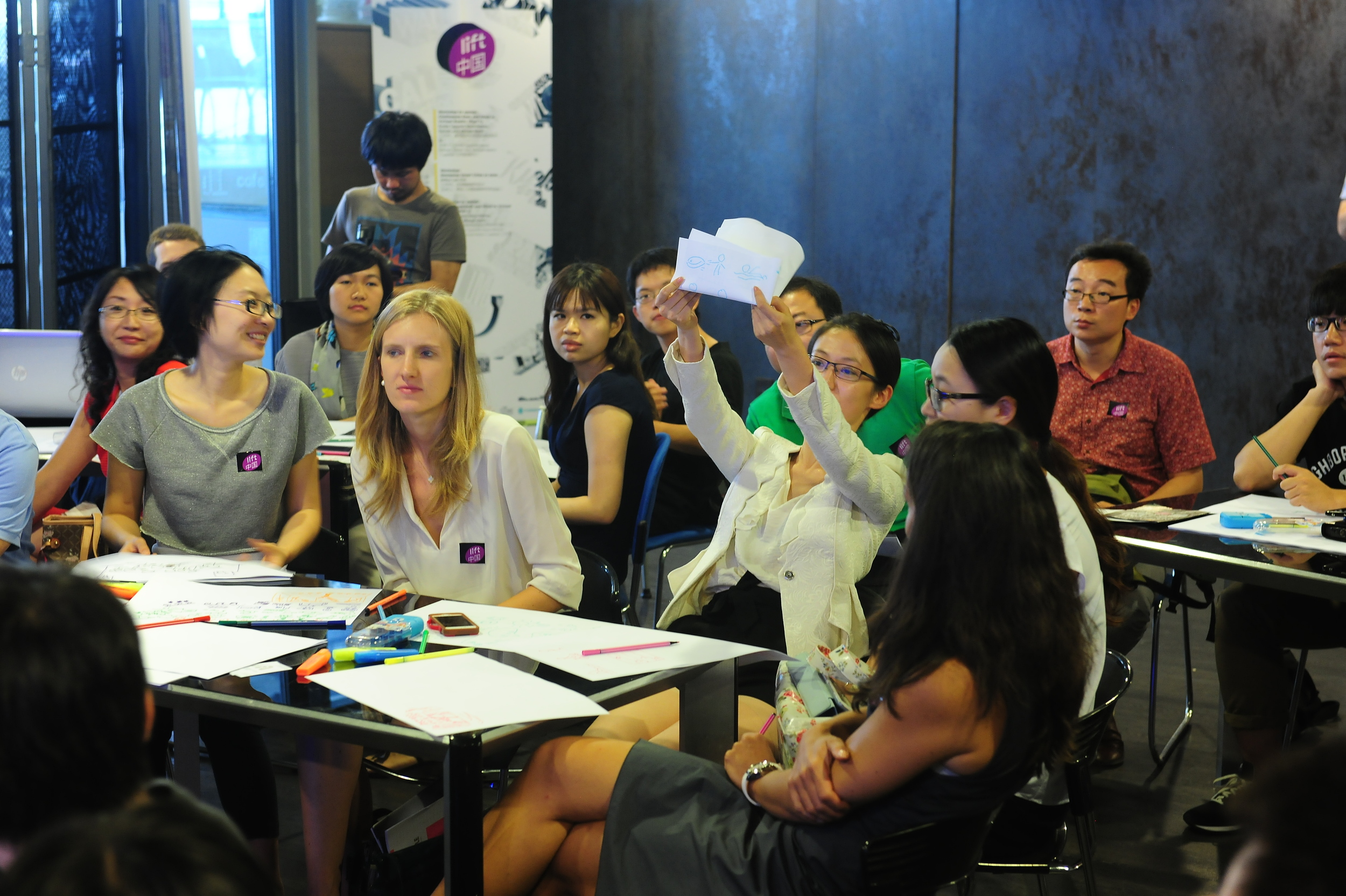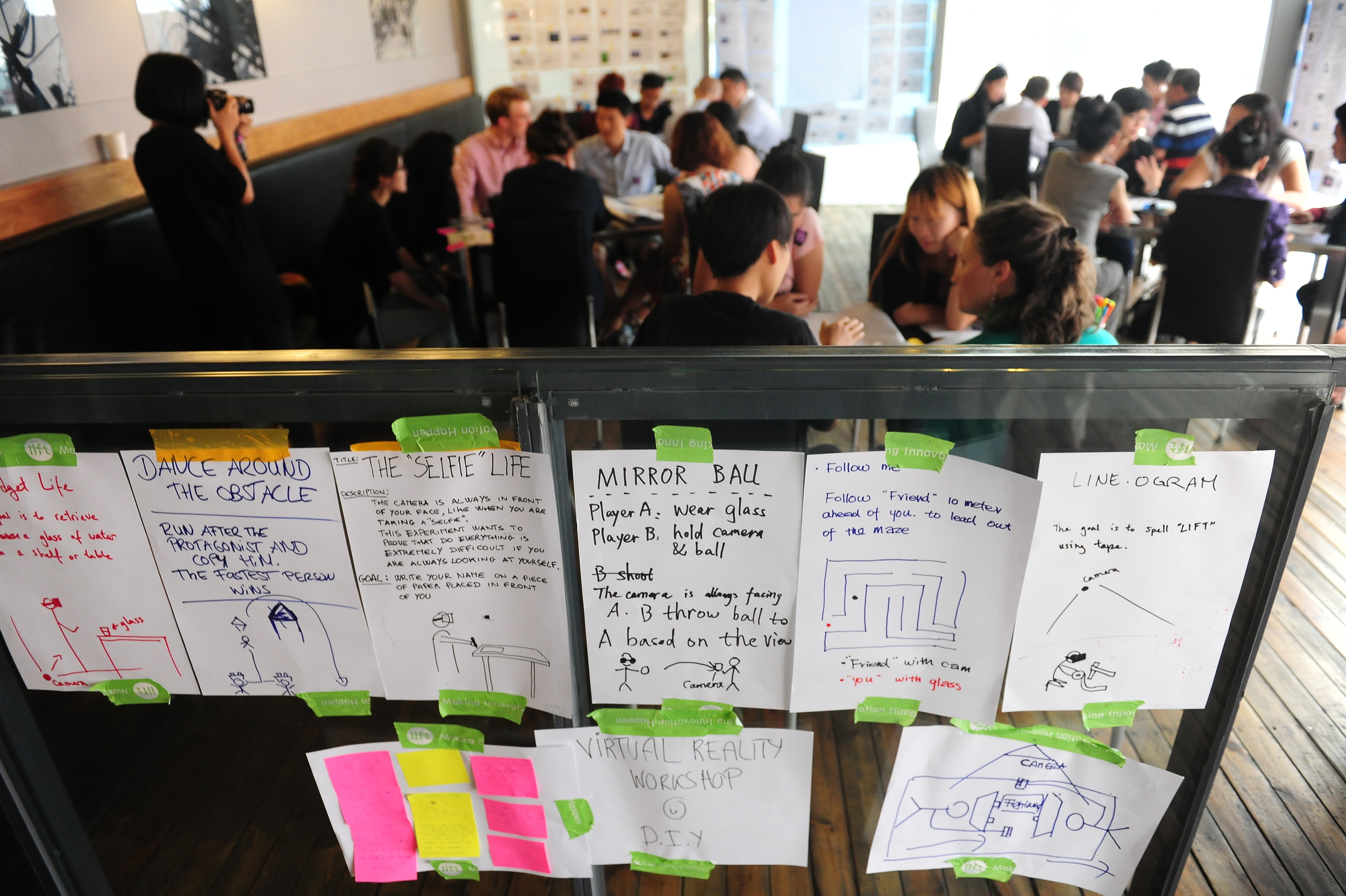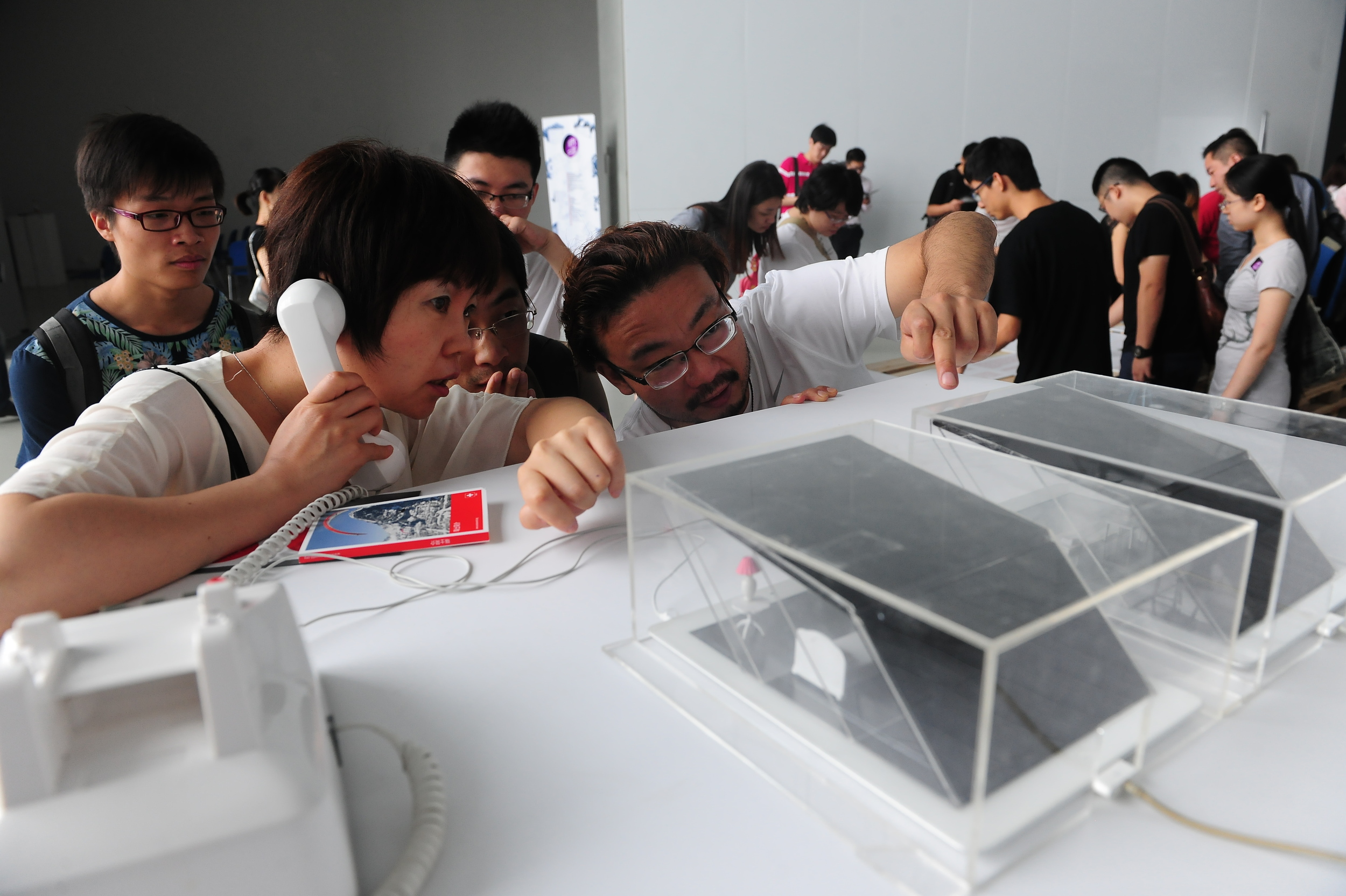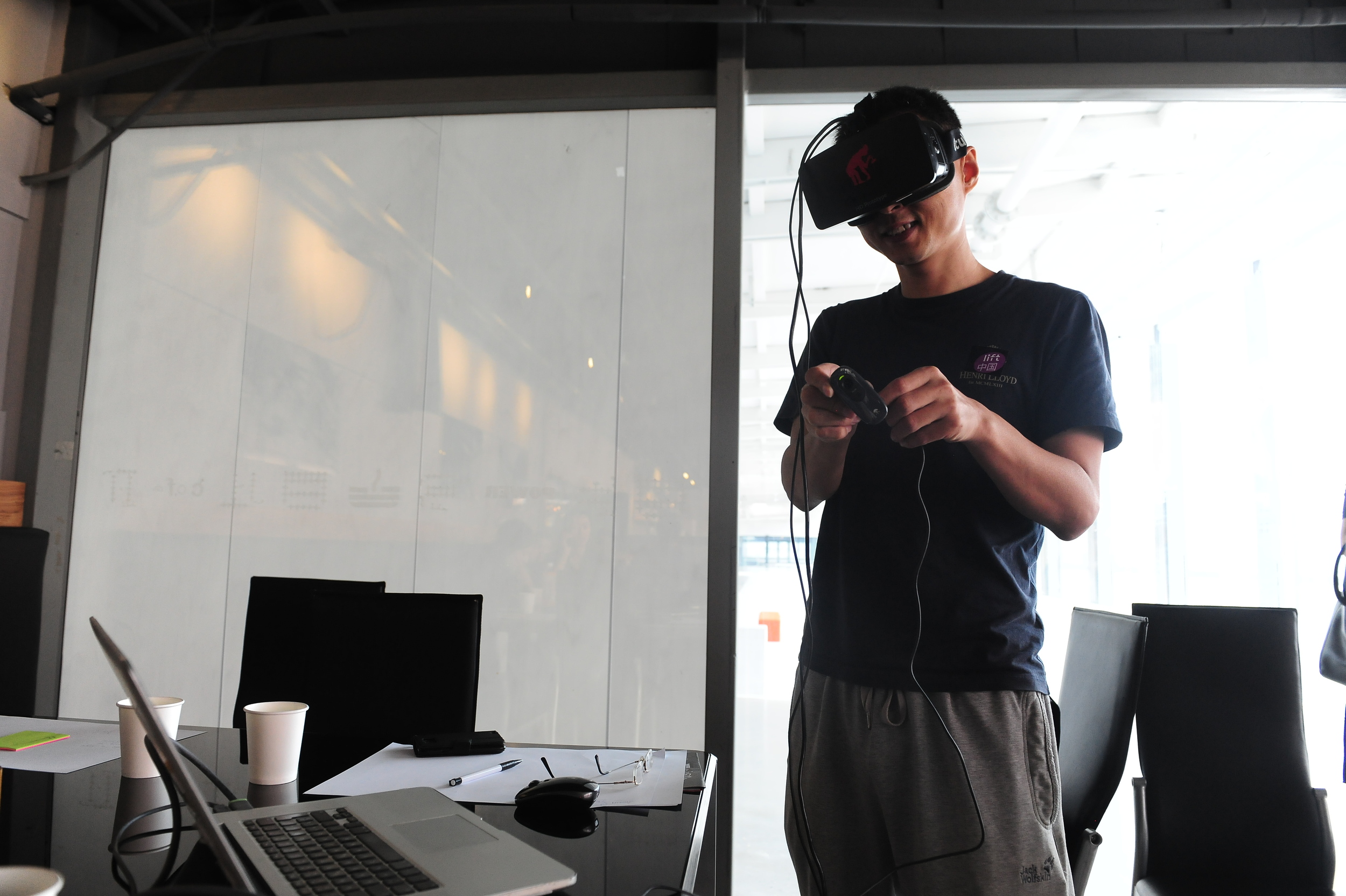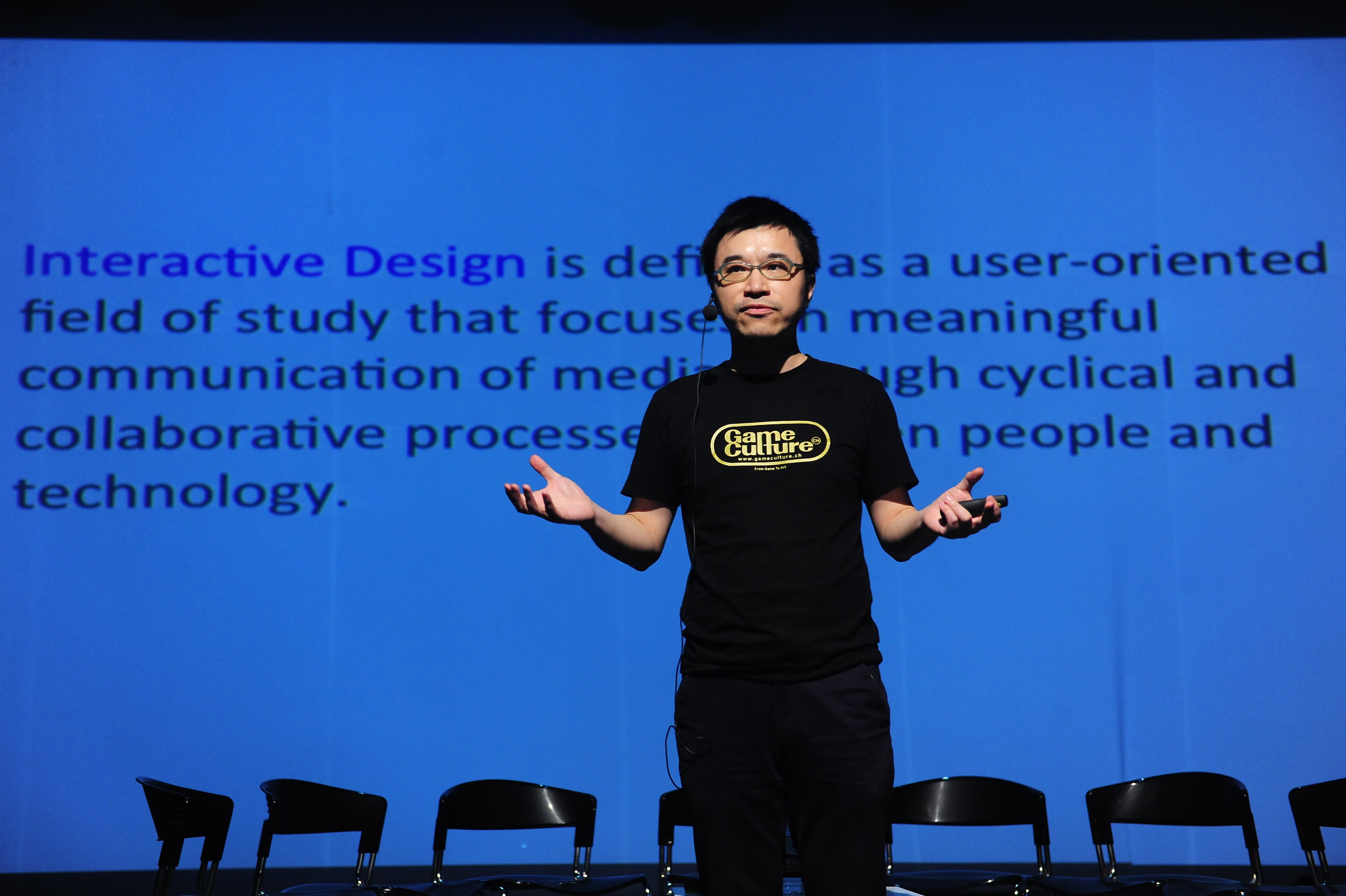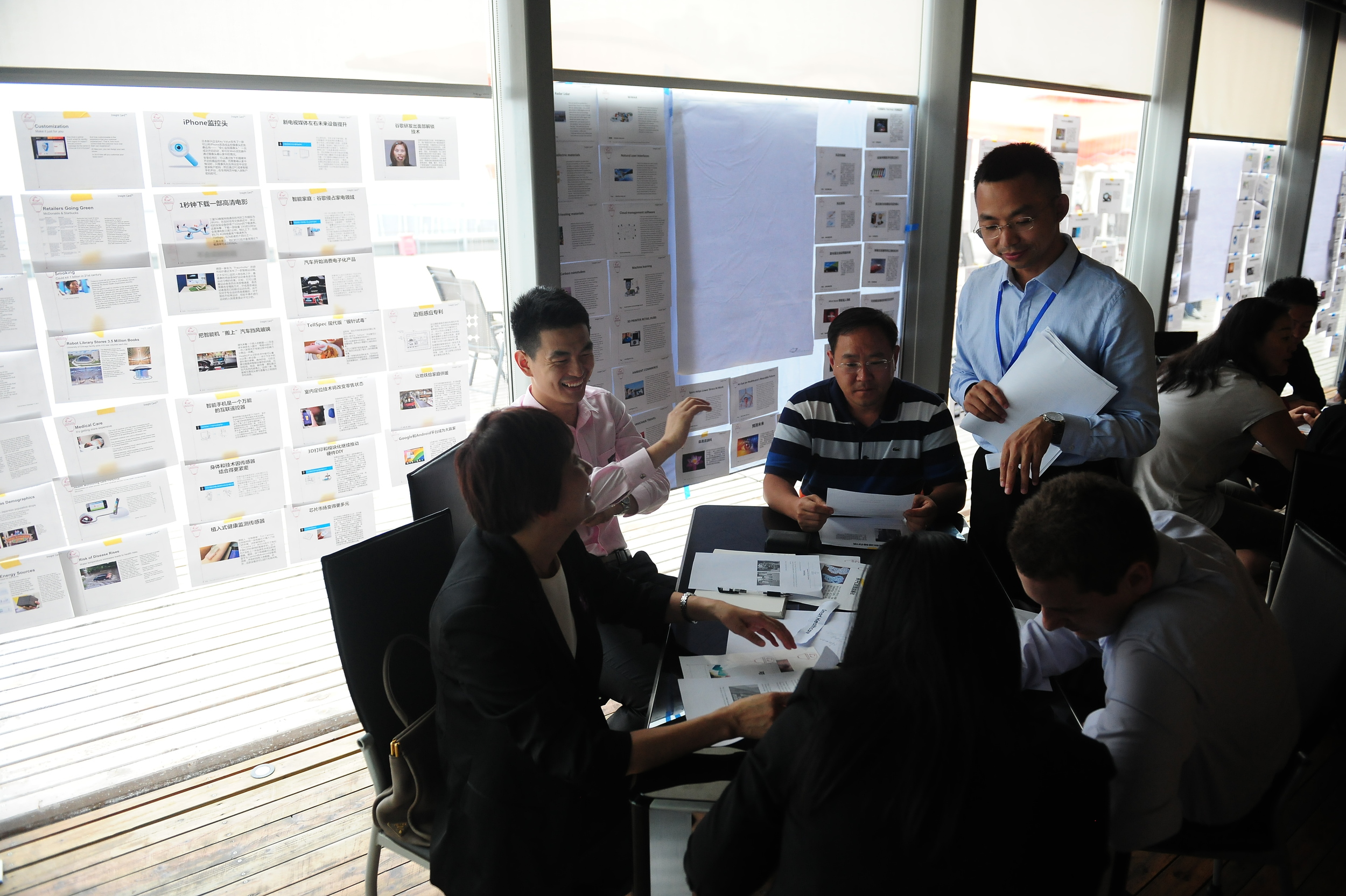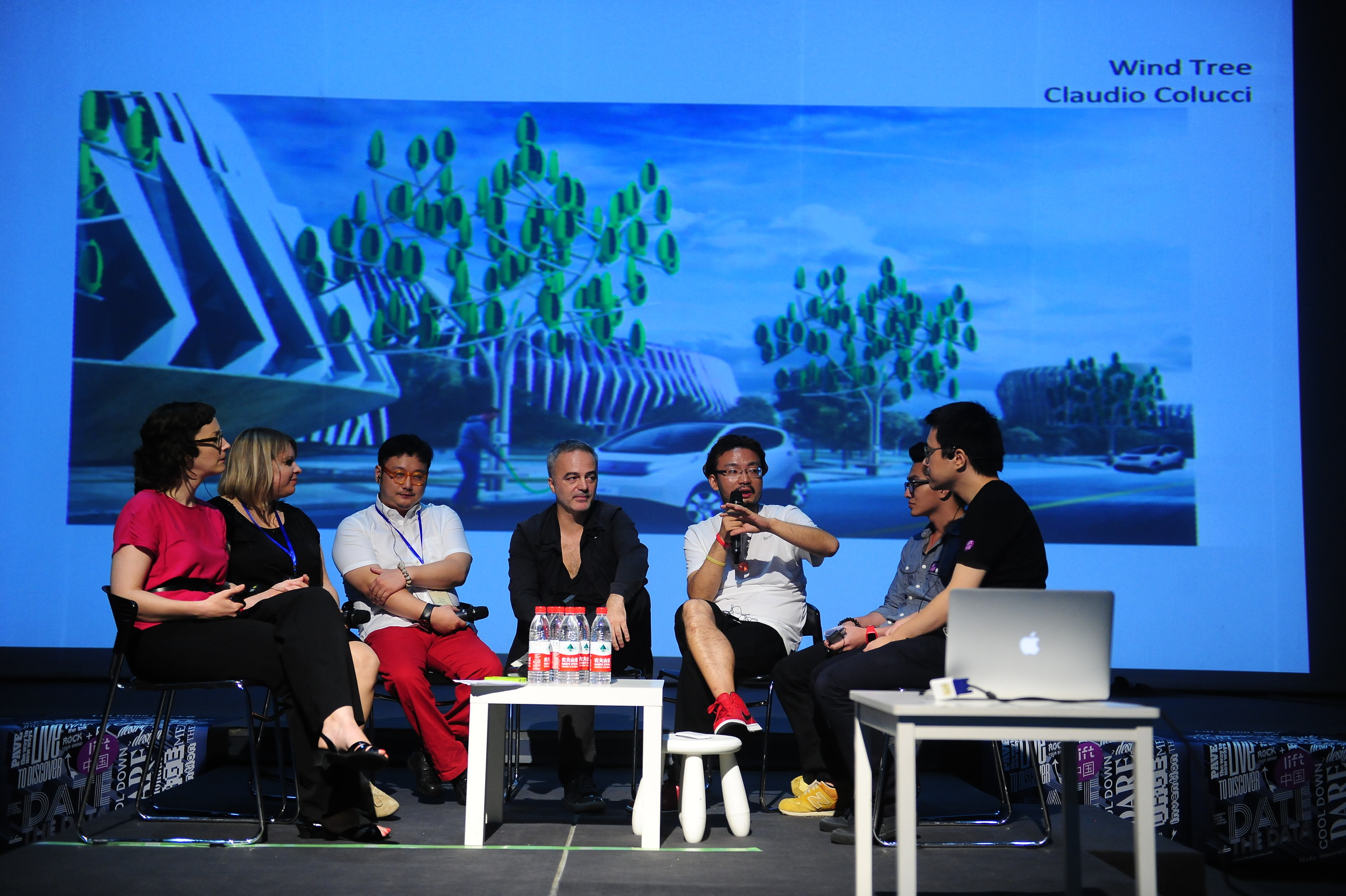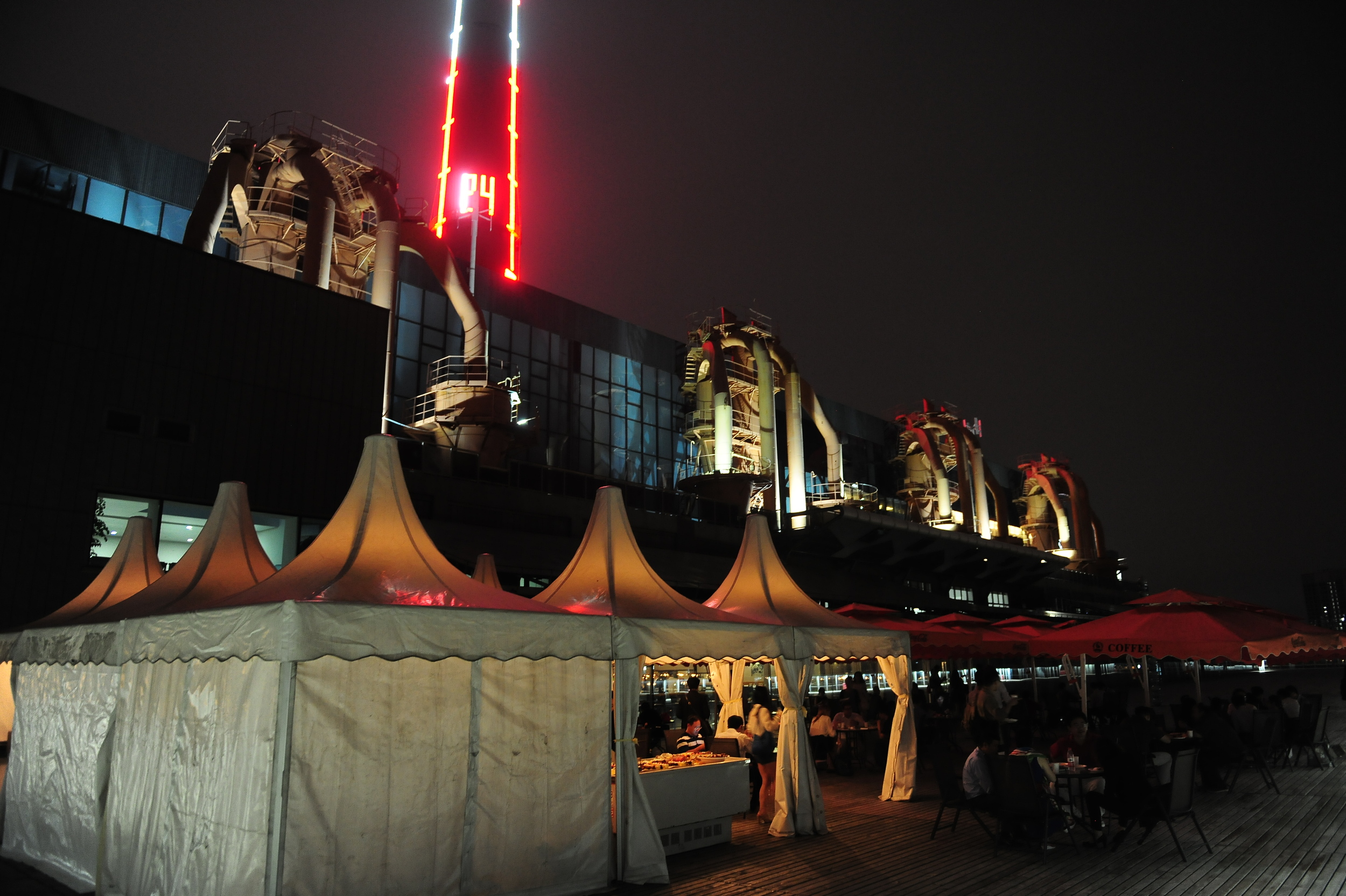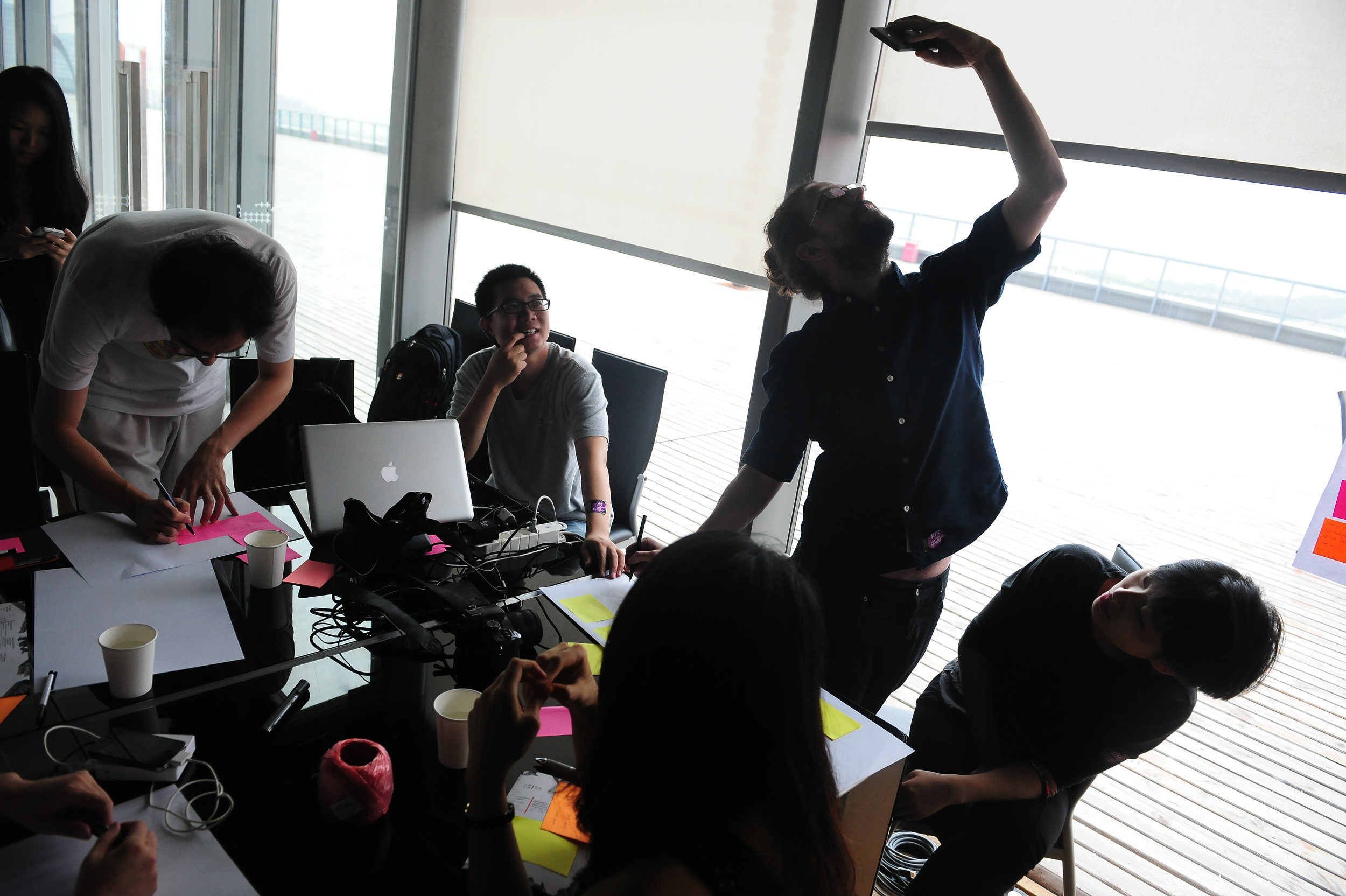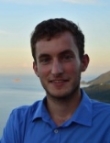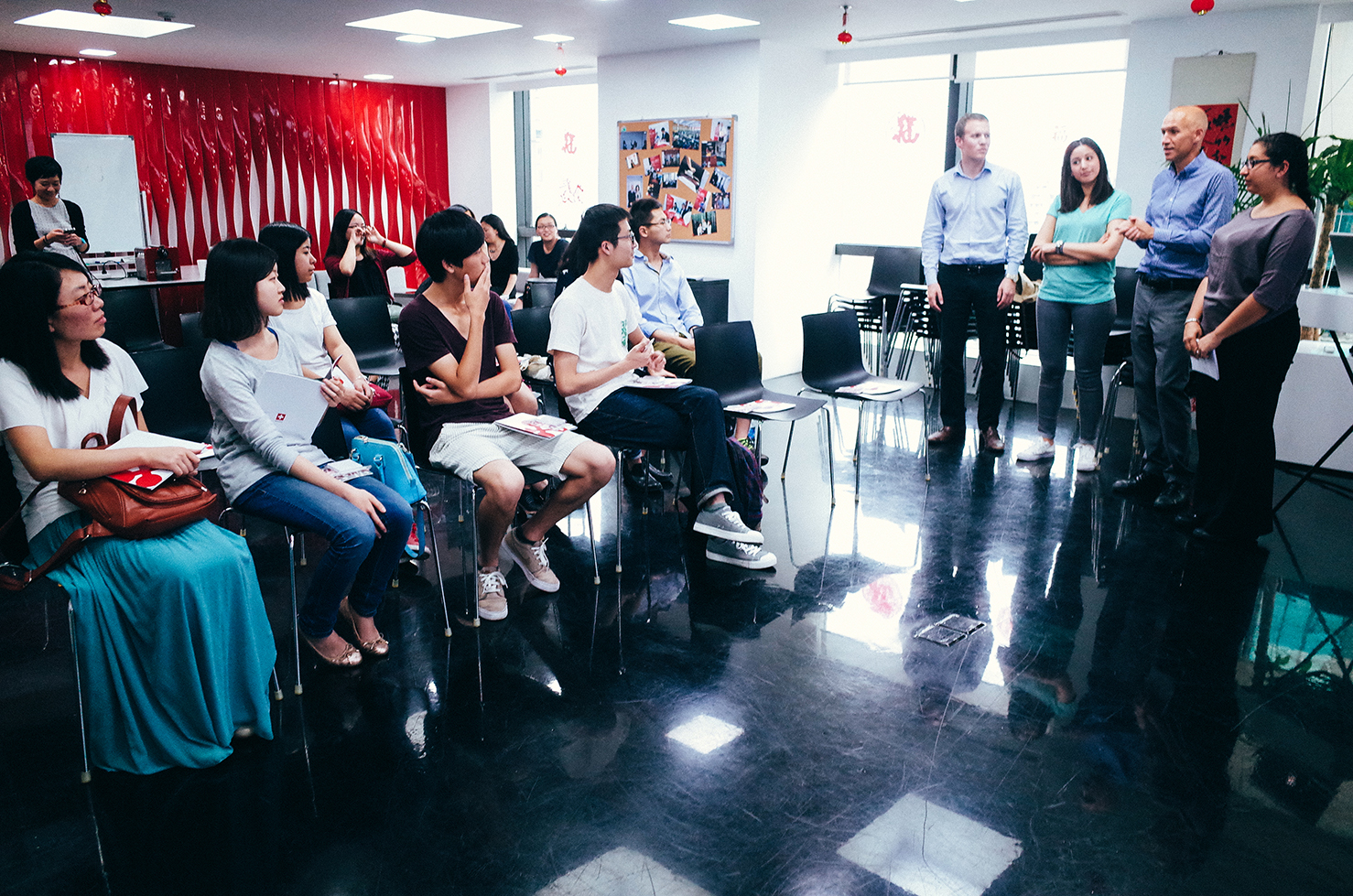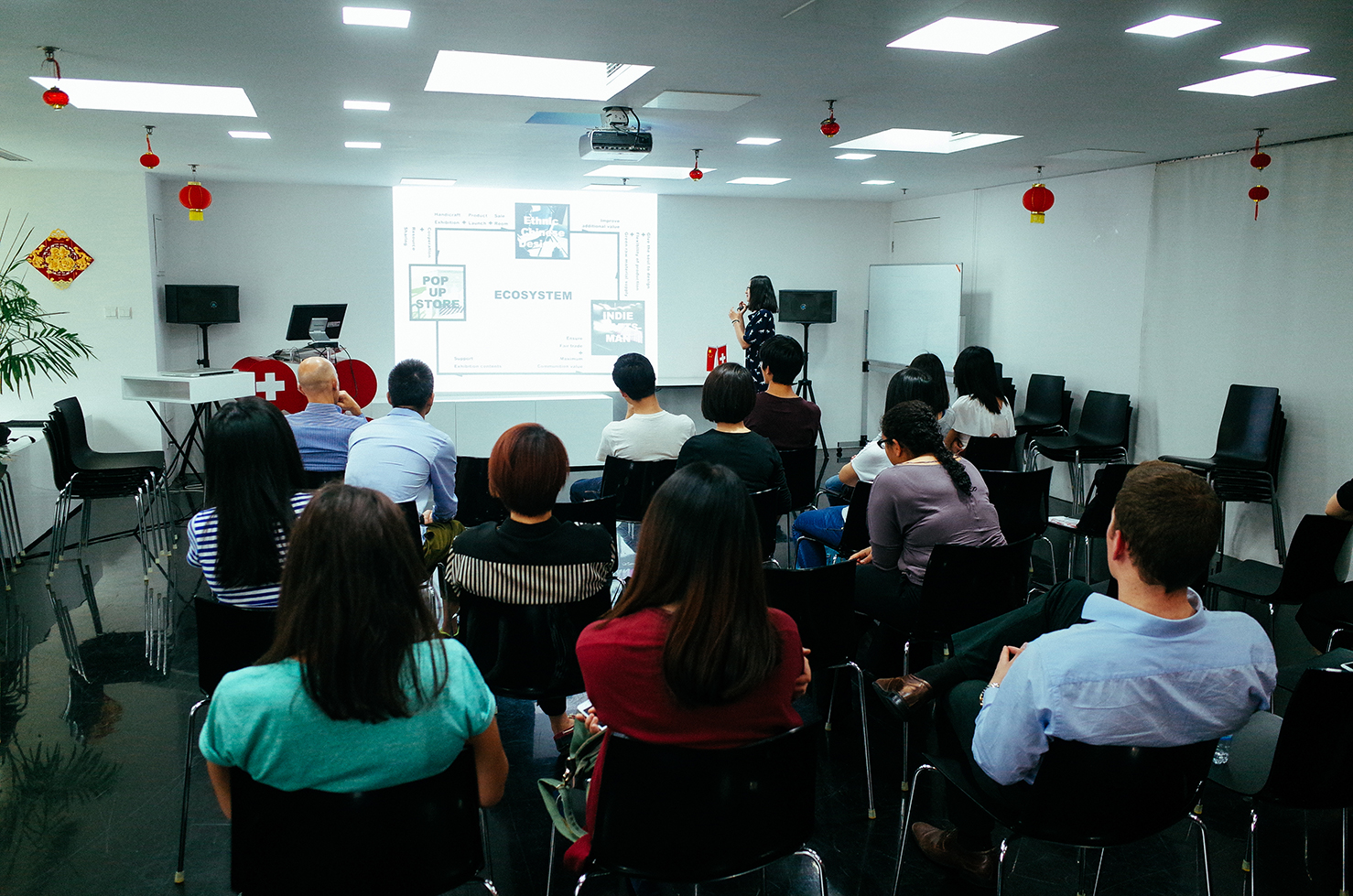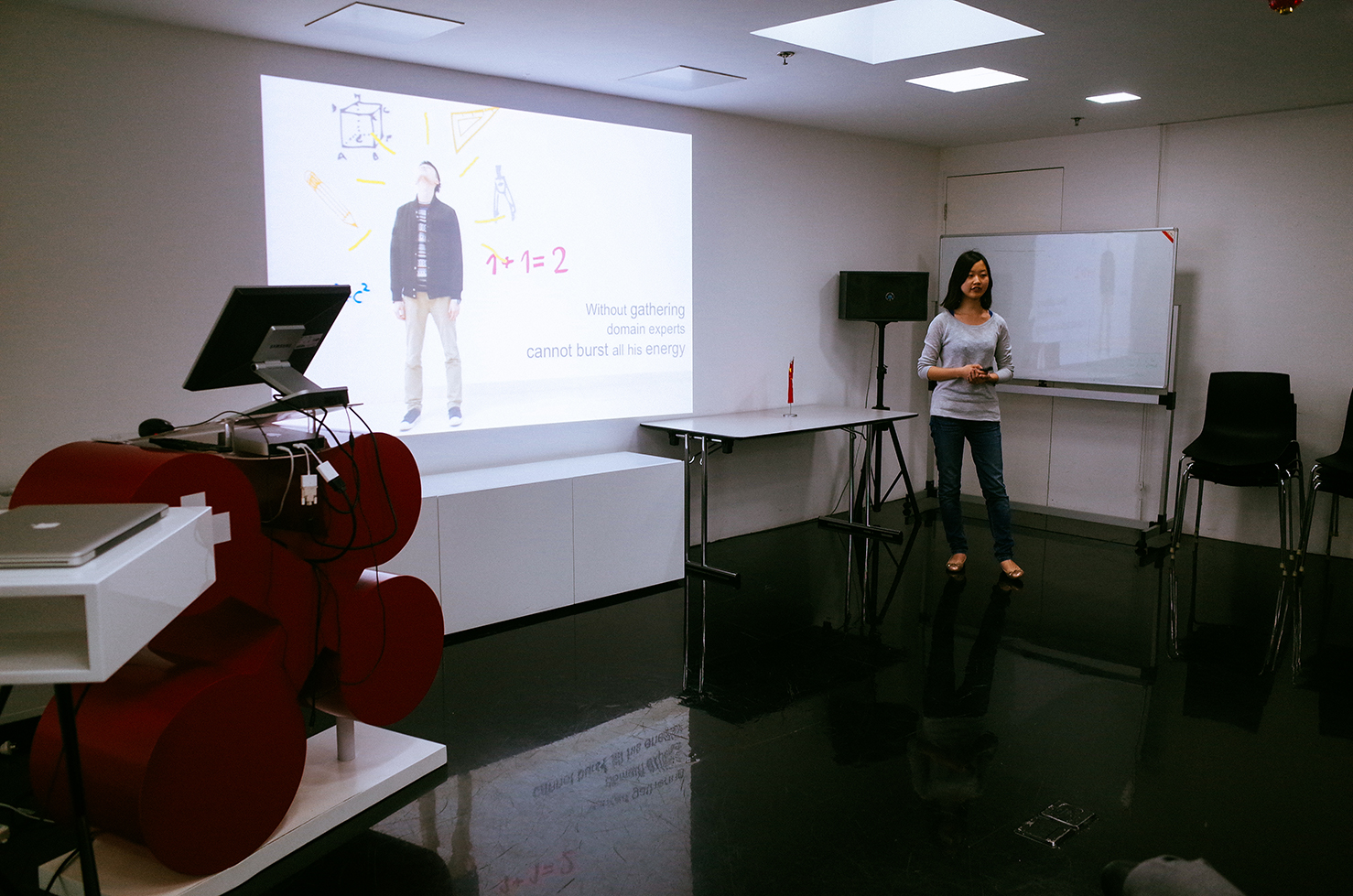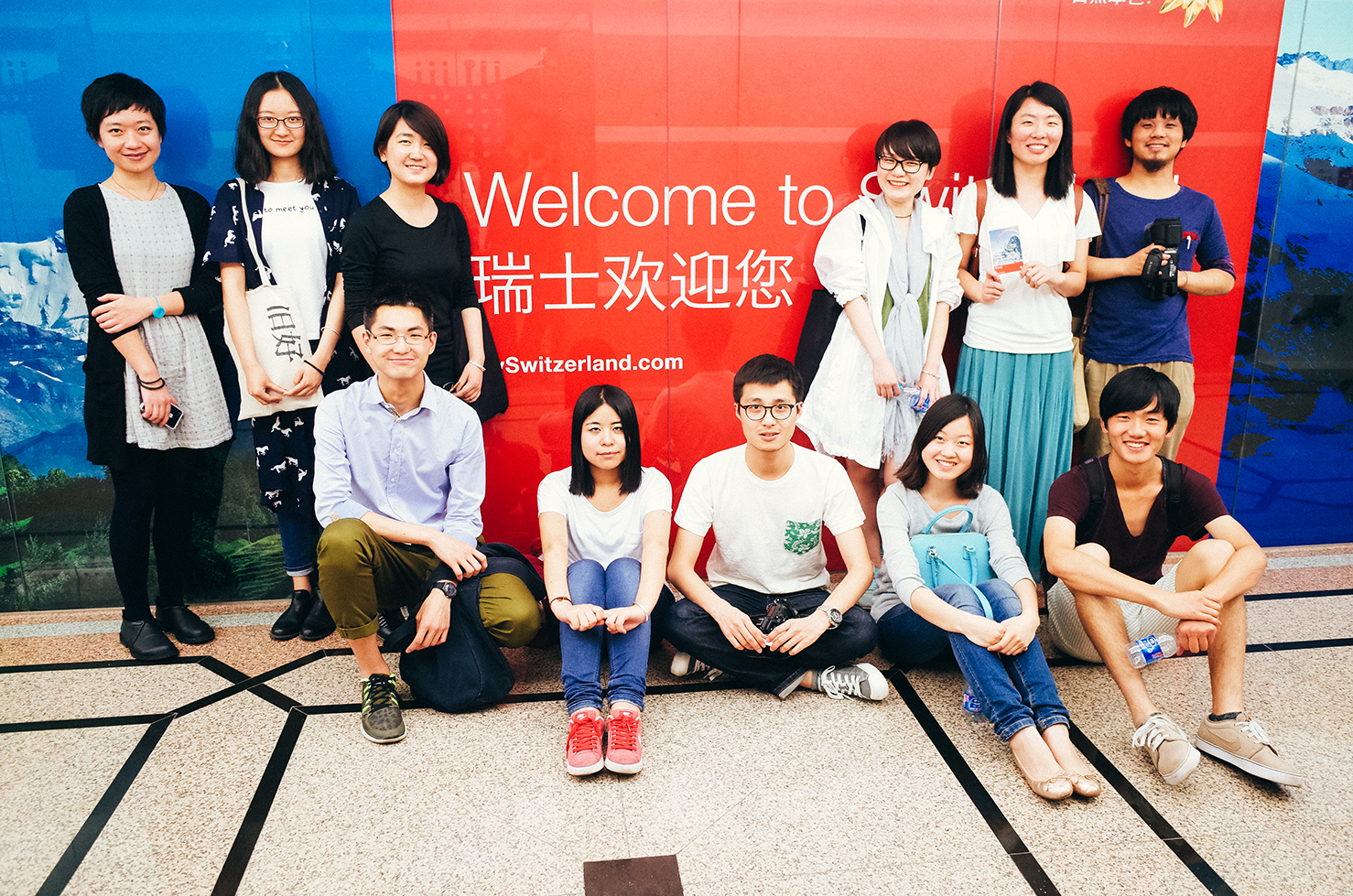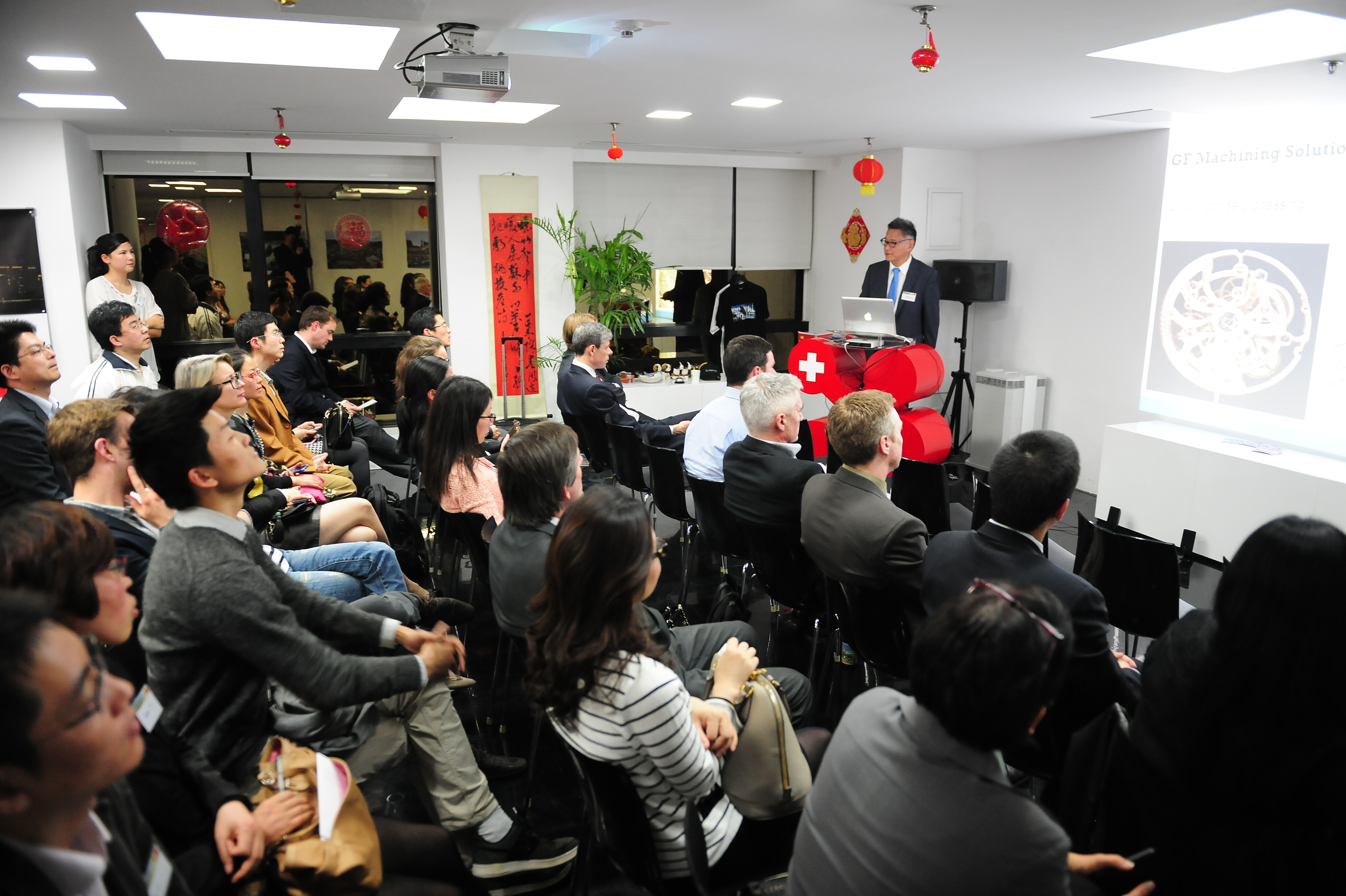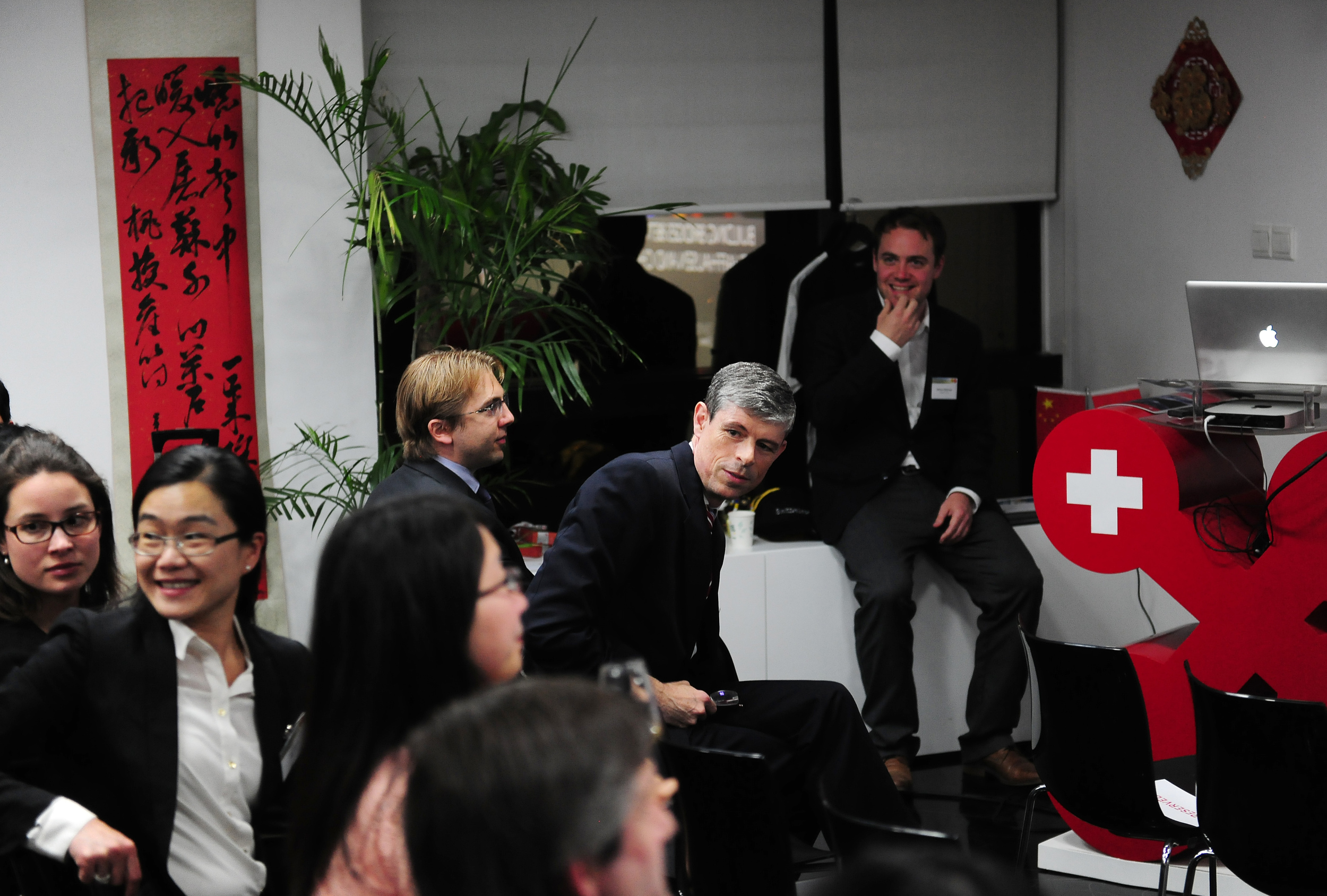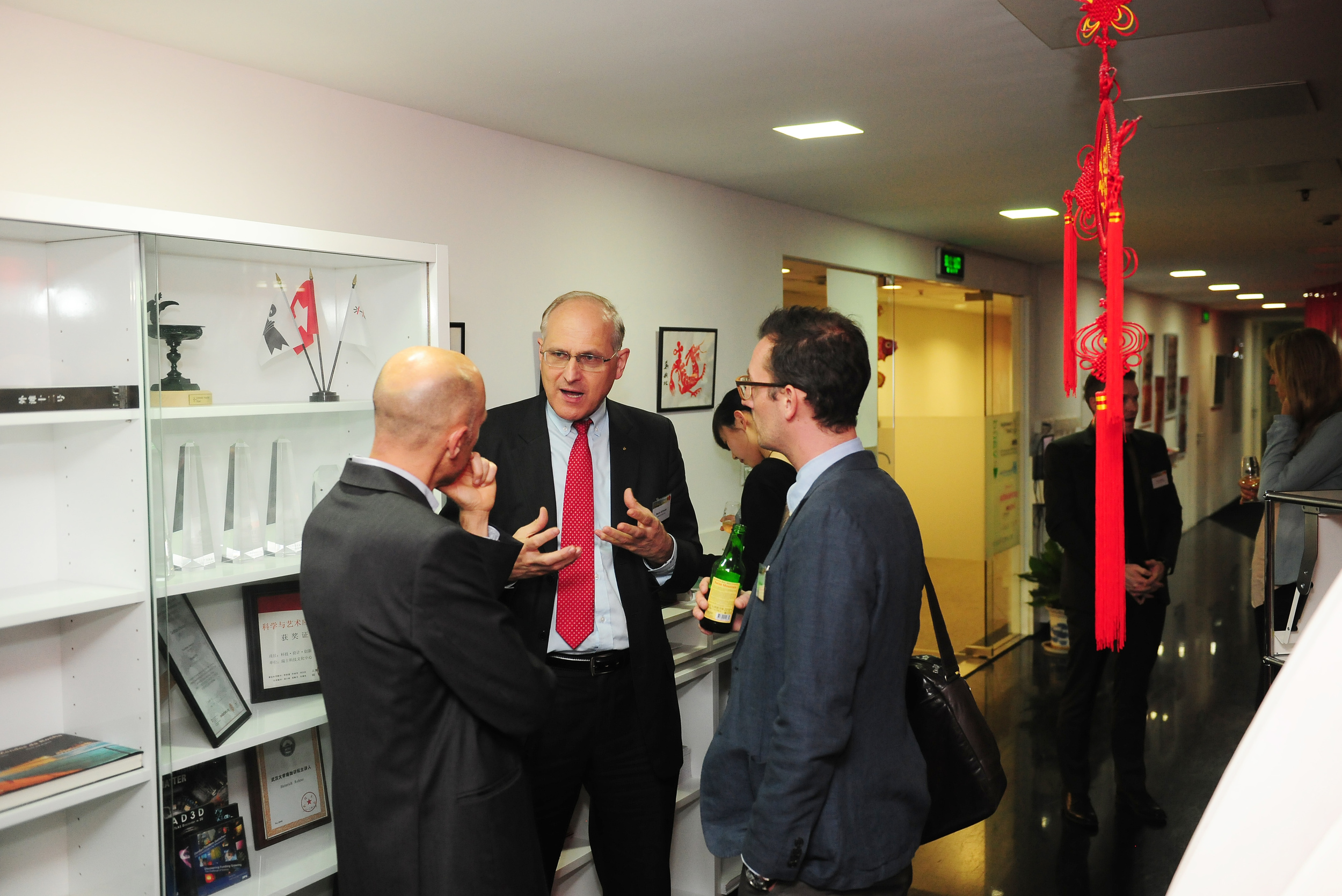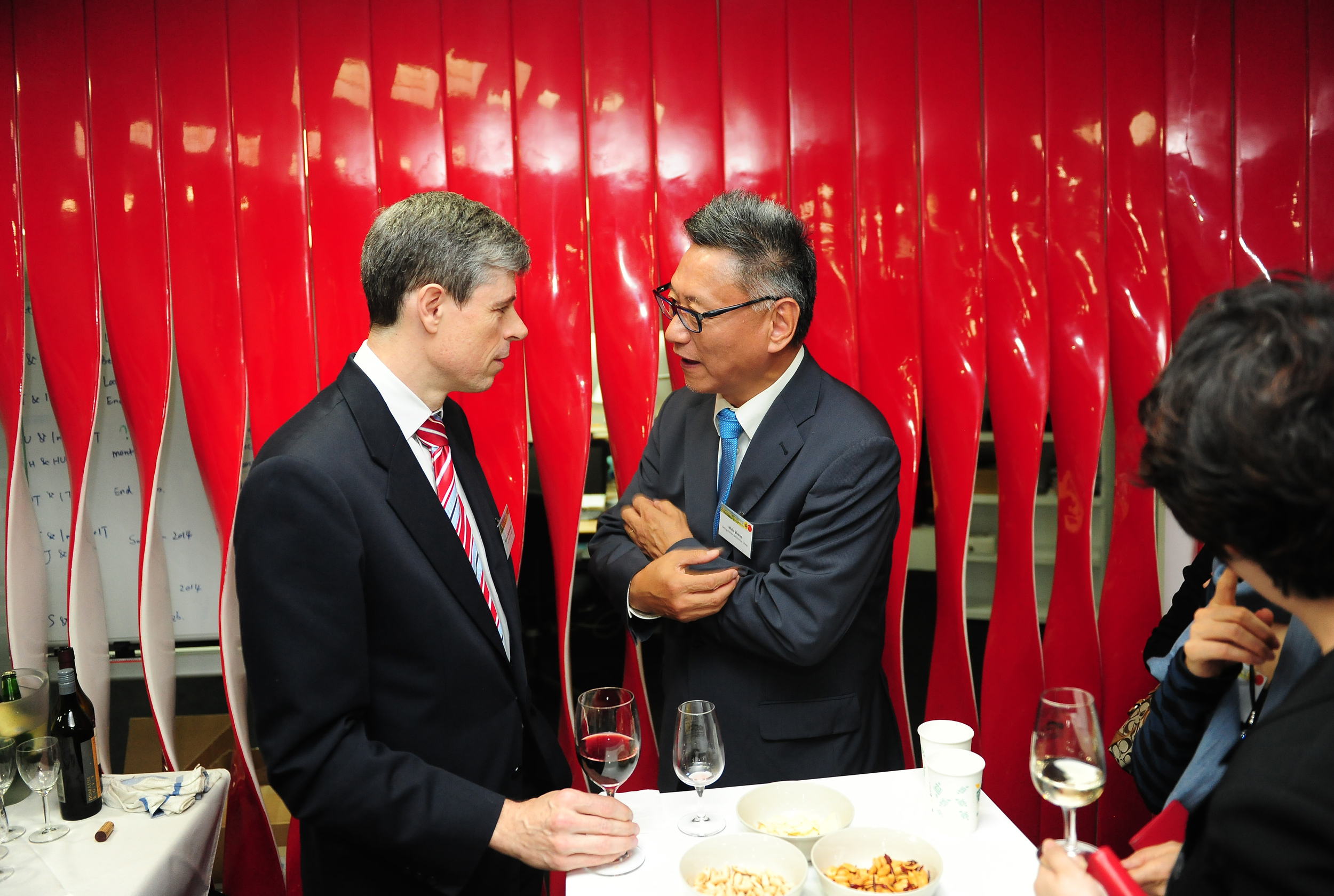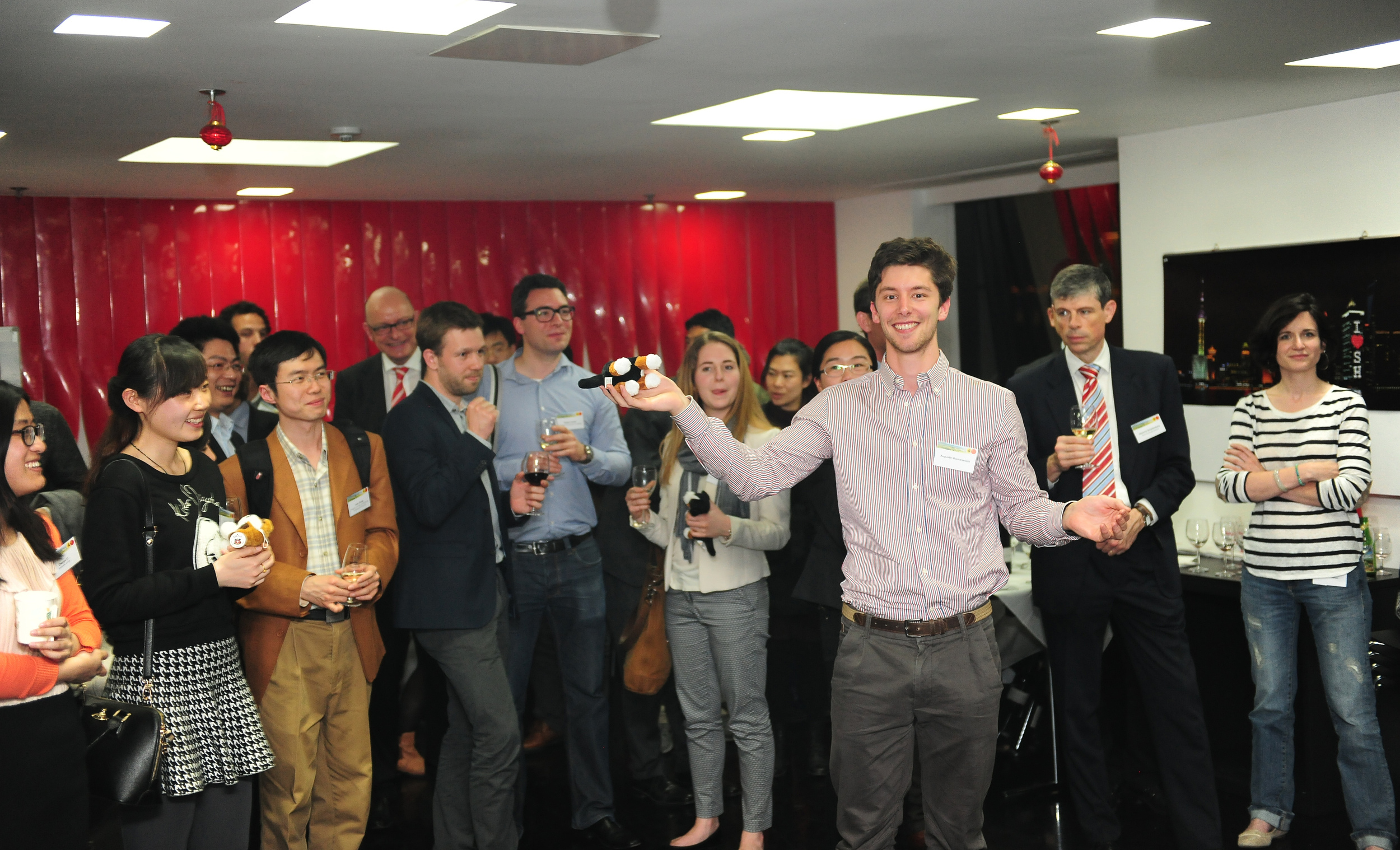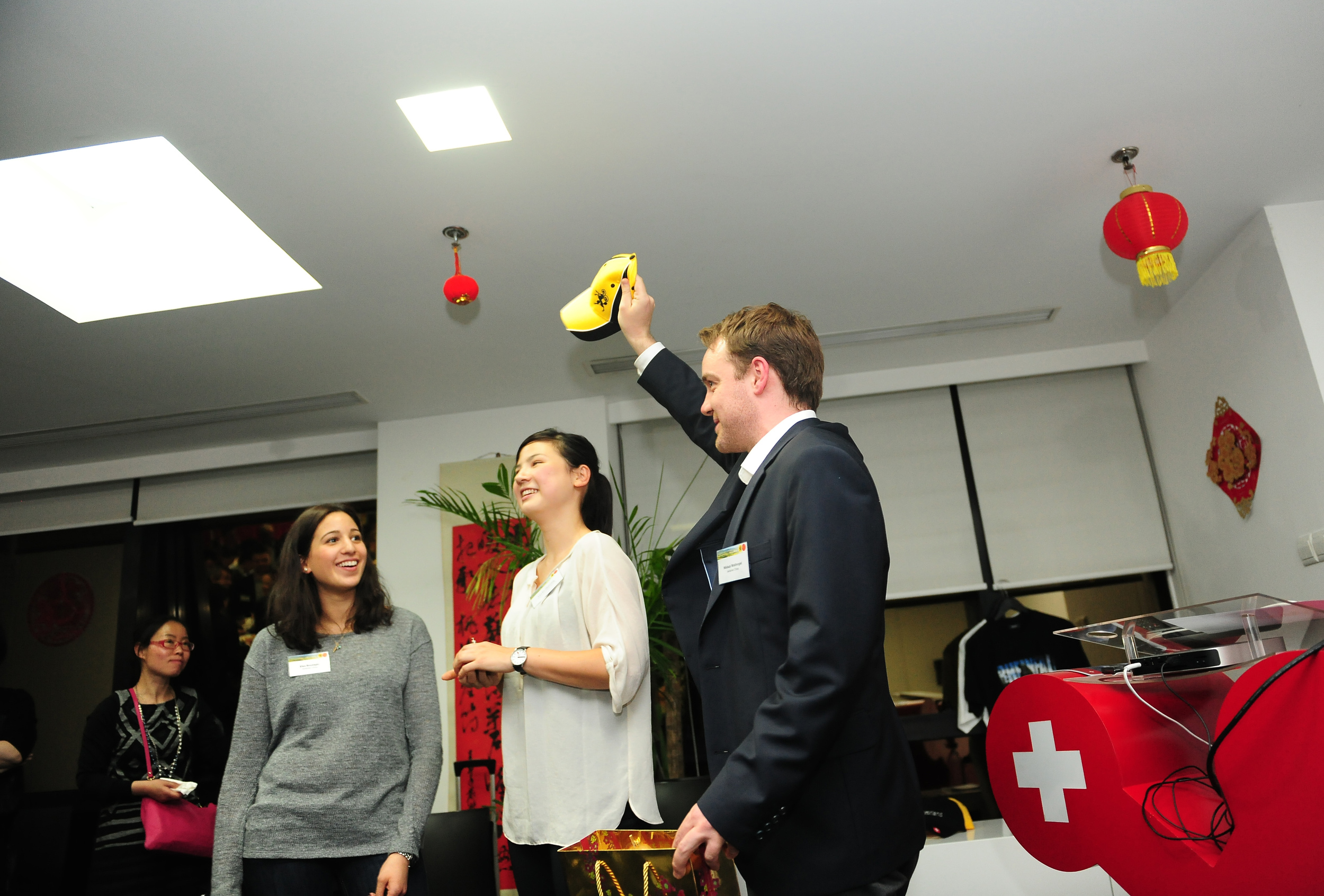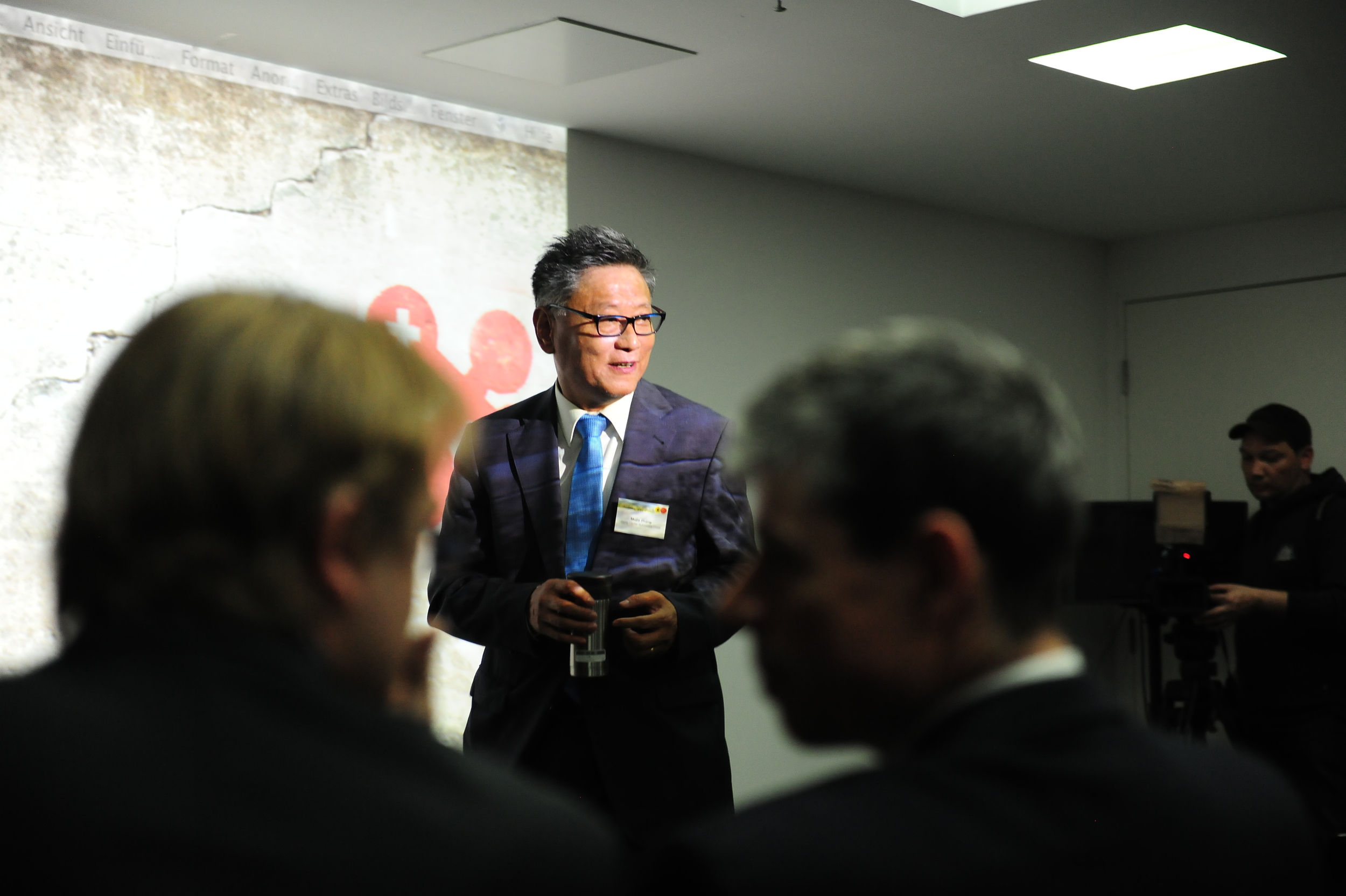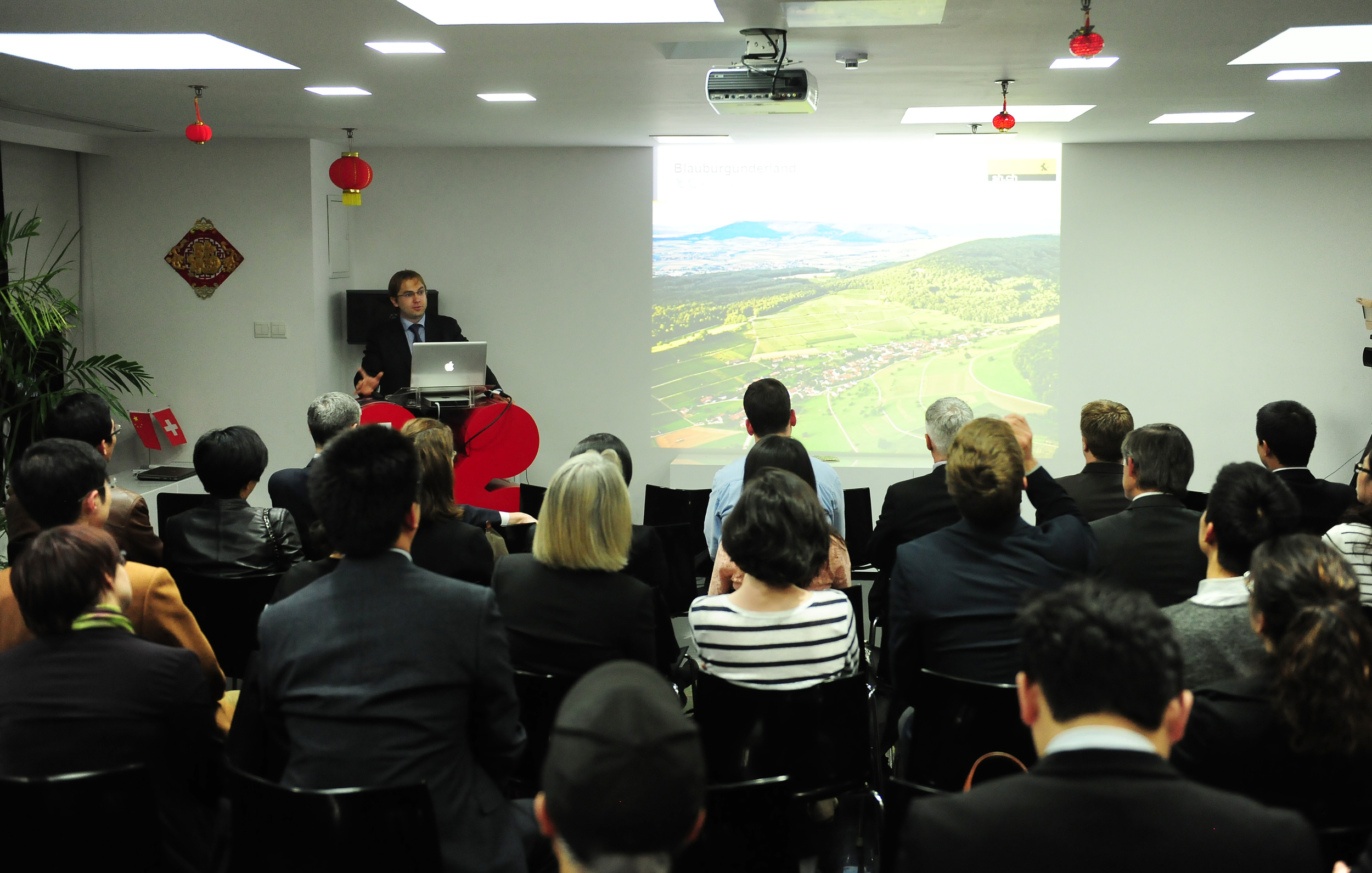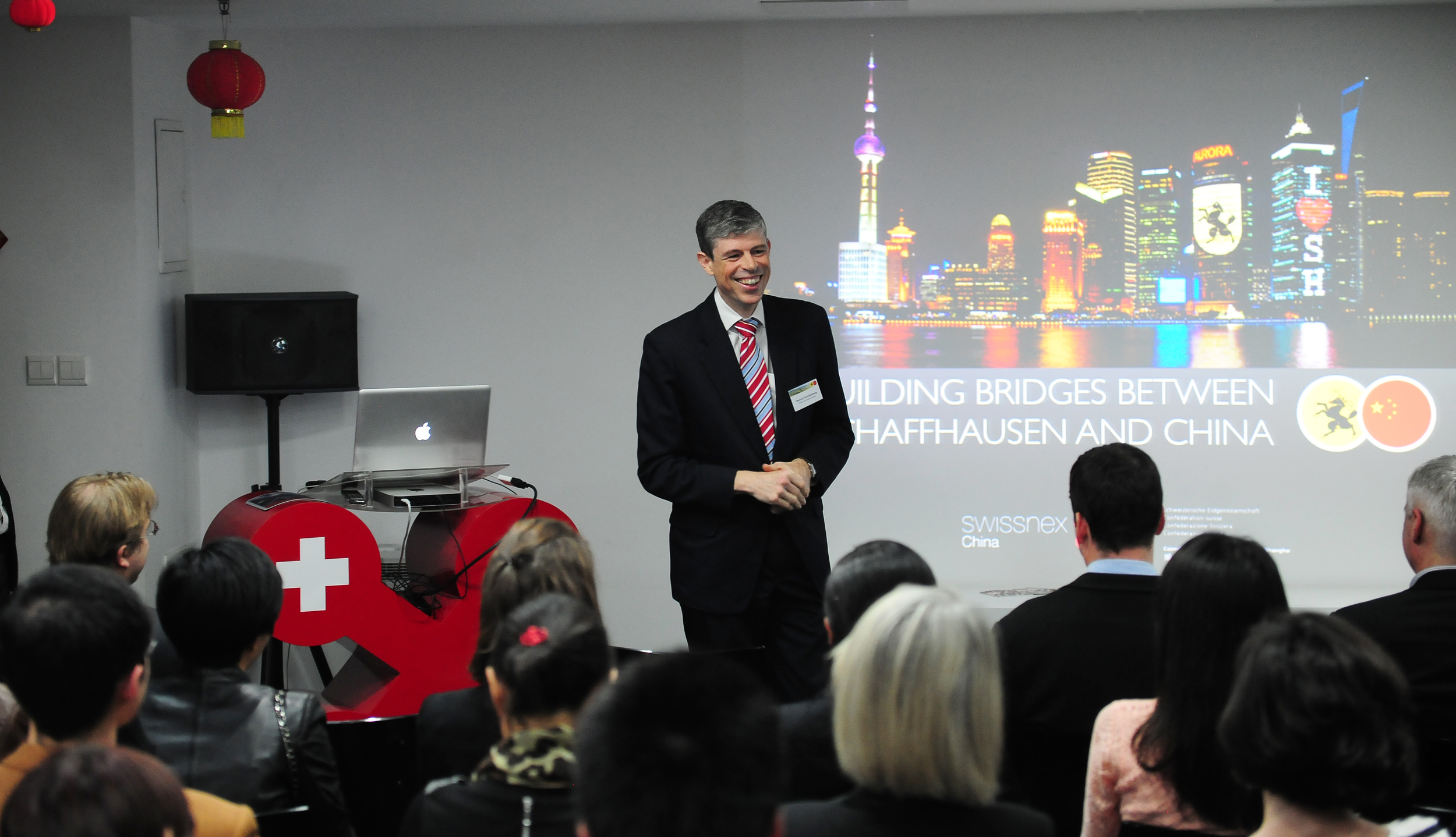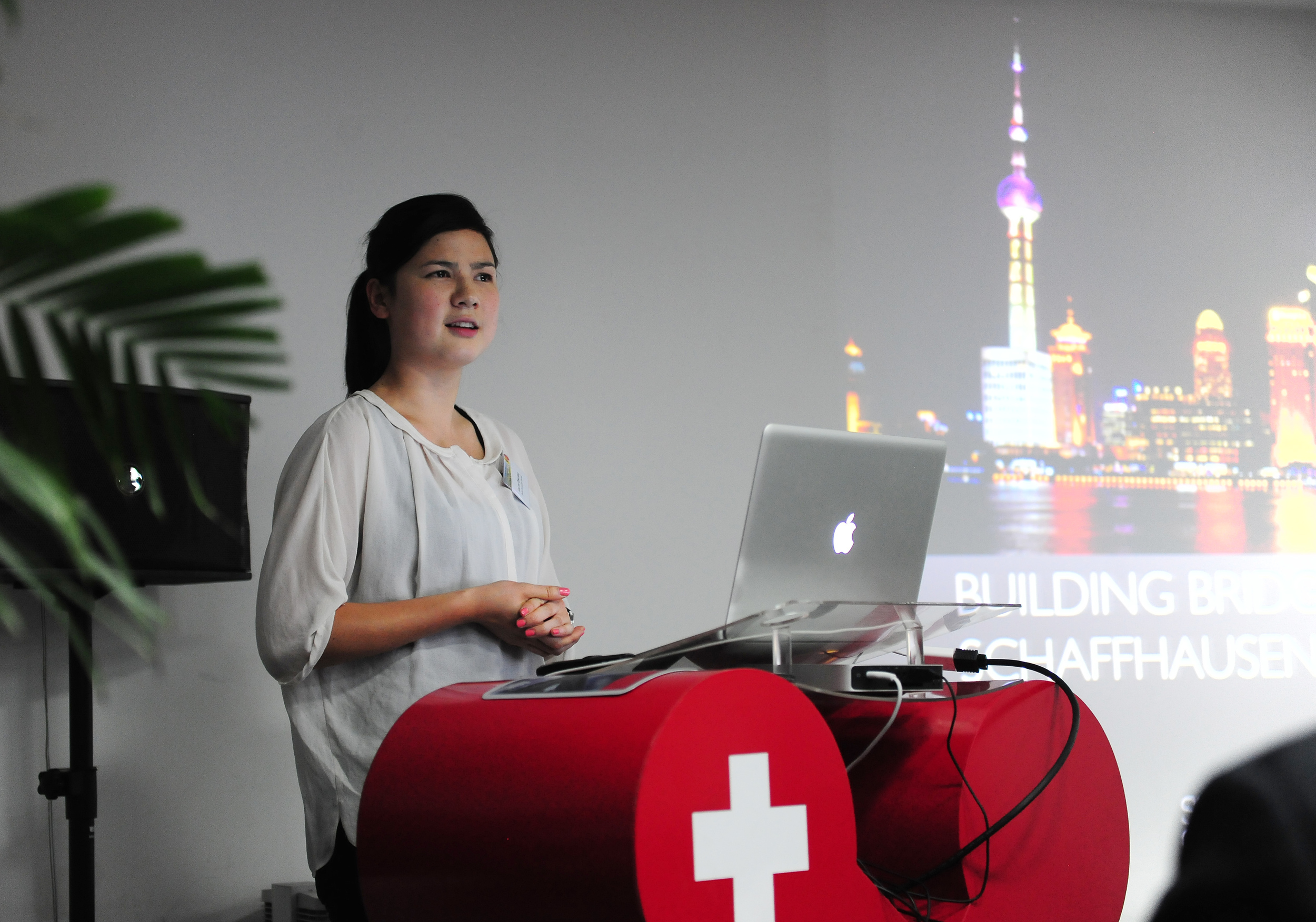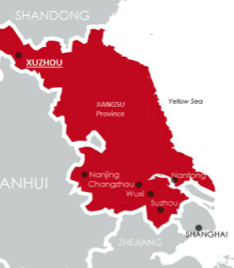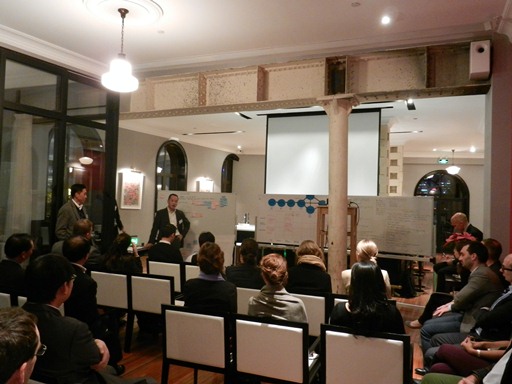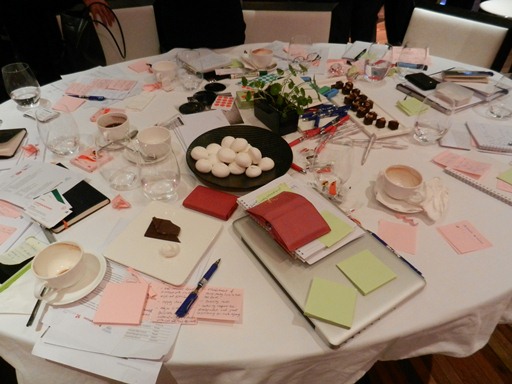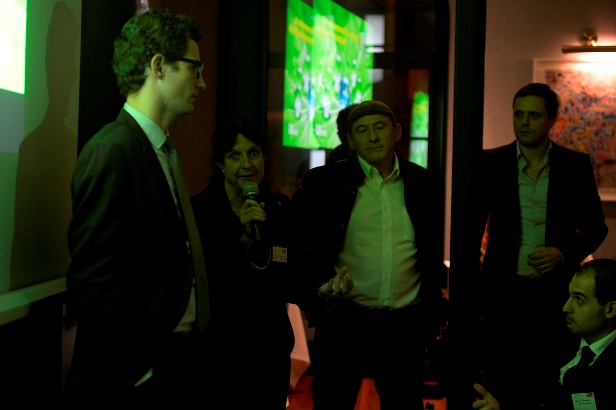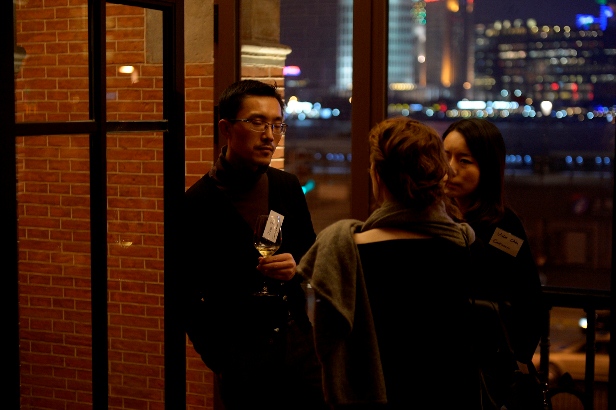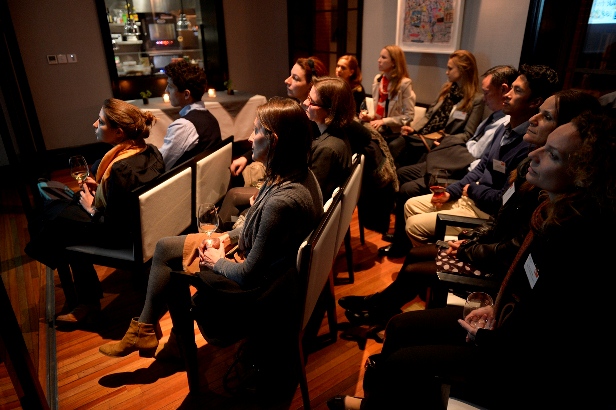In an attempt to expand the dialogue to also cover energy conservation and demand side management measures, and to facilitate an informed discussion on energy efficiency in various sectors in Hong Kong, Civic Exchange has co-organized a public forum with the Consulate General of Switzerland in Hong Kong. Dr. Walter Steinmann, Director of the Swiss Federal Office of Energy, shared with the audience the Swiss experience and best practices in energy conservation and sustainable energy policy. A distinguished panel shed lights on current energy efficiency practices in Hong Kong and the prospect of upping their effort in the foreseeable future.
The participants for the panel discussion were
- Mrs Irene Cheng, Housing Department, HKSAR Government
- Mr Hahn Chu, Independent commentator on environmental issues
- Mr Arthur Lui, Schneider Electric
- Dr Walter Steinmann, Swiss Federal Office of Energy and State Secretary for Energy
The first part of the forum covered an 30 minutes introduction of Dr. Walter Steinmann to the Swiss Energy Policy and Energy Conservation including the Energy Strategy 2050. The main raising questions after the presentation referred to the perfect energy mix for Hong Kong, especially suggestions on how Hong Kong could save energy the best way and Switzerland’s origin of electricity, its ownership and price.
A Panel discussion was launched in the second part. Each participant had 10 minutes to introduce him- or herself and the company’s energy strategies to the audience. Mrs. Irene Cheng touched the measures the housing department is taking in terms of energy saving. Her main points covered 1) Passive Design 2) Reducing Consumption of Lighting Systems 3) Reducing Consumption of Lift Installations and 4) Reducing Consumption of Water Pump Installations as well as raising public awareness. All the innovations are mainly realized in new built buildings rather than in the already existing ones. Mr. Arthur Li introduced the company Schneider Electric with its Smart City project. The project works in the fields of as Smart Energy, Smart Mobility, Smart Water, Smart Public Services and Smart Buildings. Mr. Han Chu focused on the waste of energy that Hong Kong releases every day. He used photos from the street of different places to demonstrate how lightning is misplaced and how bright banners not only steal electricity but also peoples live quality.
During the following discussion questions and views from varying sides of the field emerged. They covered matters of the rebound effect of energy saving measures in Switzerland and Hong Kong, catching the consumer’s morality, the energy taxing and pricing systems as well as the magnitude of energy saving mechanisms in Hong Kong.
With over 100 people attending the forum from companies, Universities or out of self-interest, the interest was very high. Nevertheless there was no one from the government in the audience but Civic Exchange will submit a report of the discussion.





















